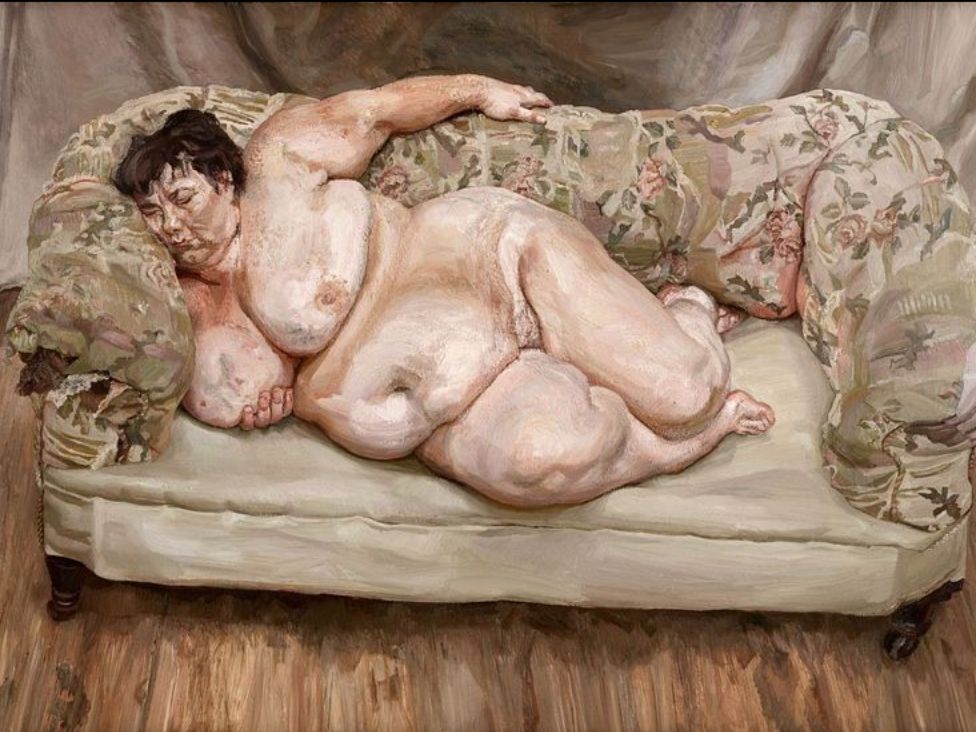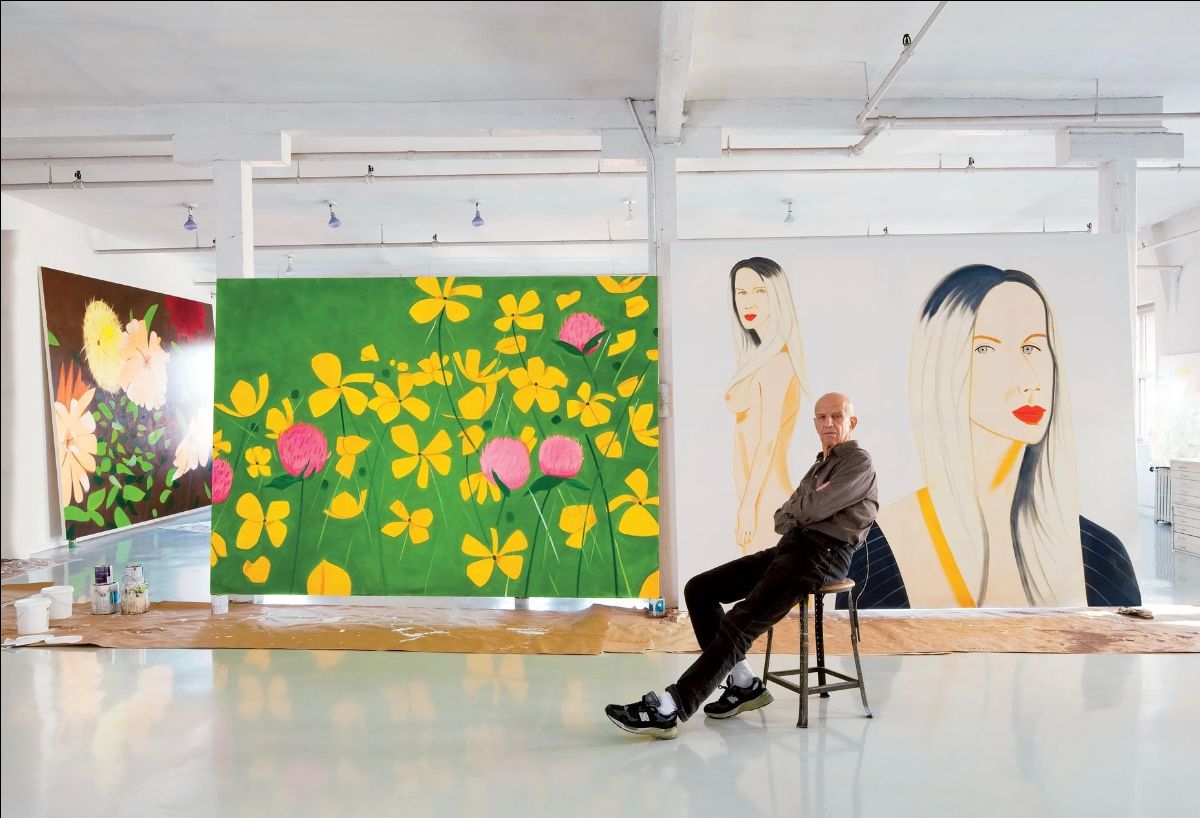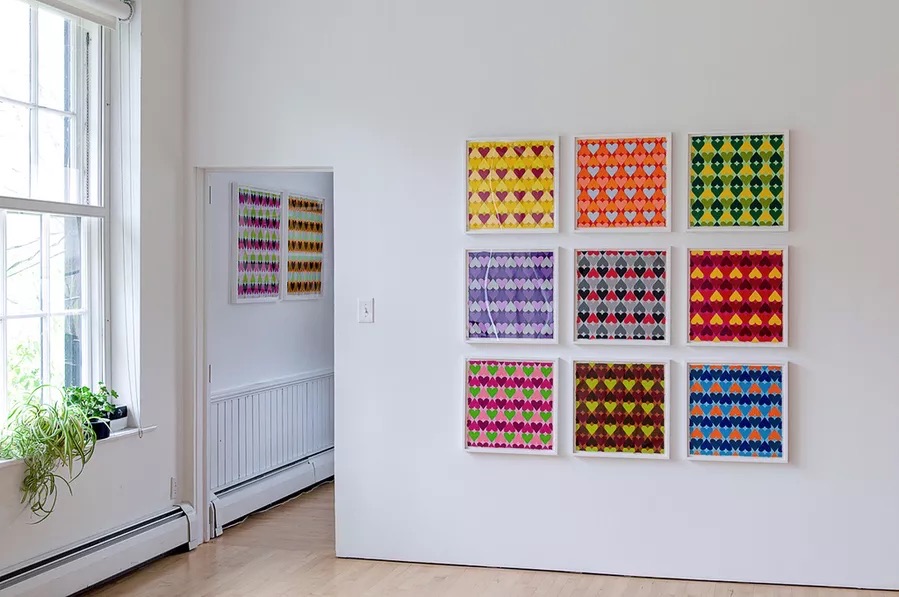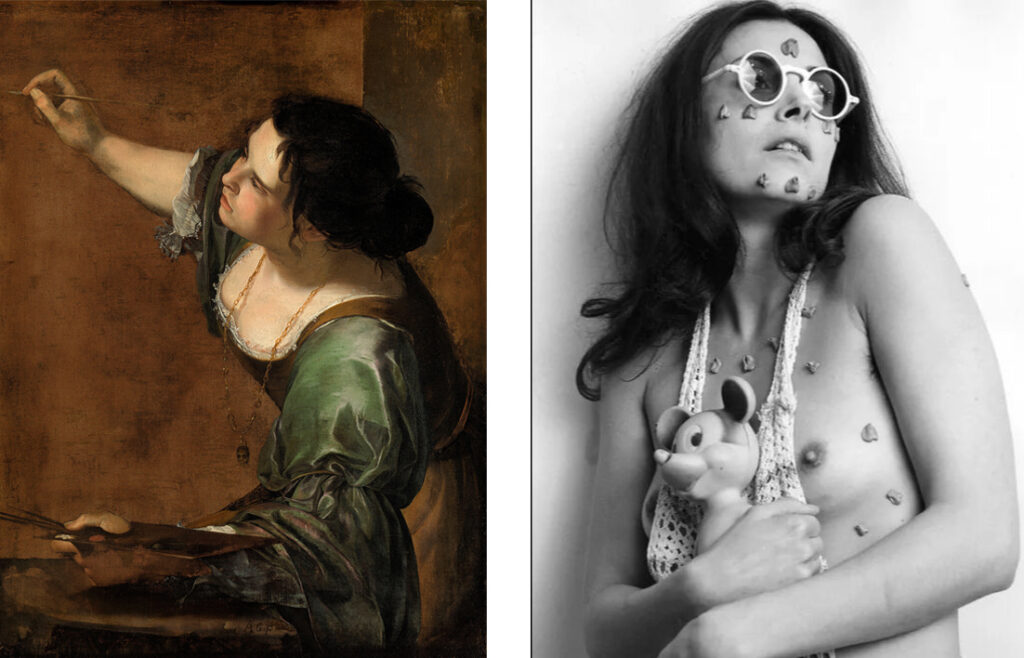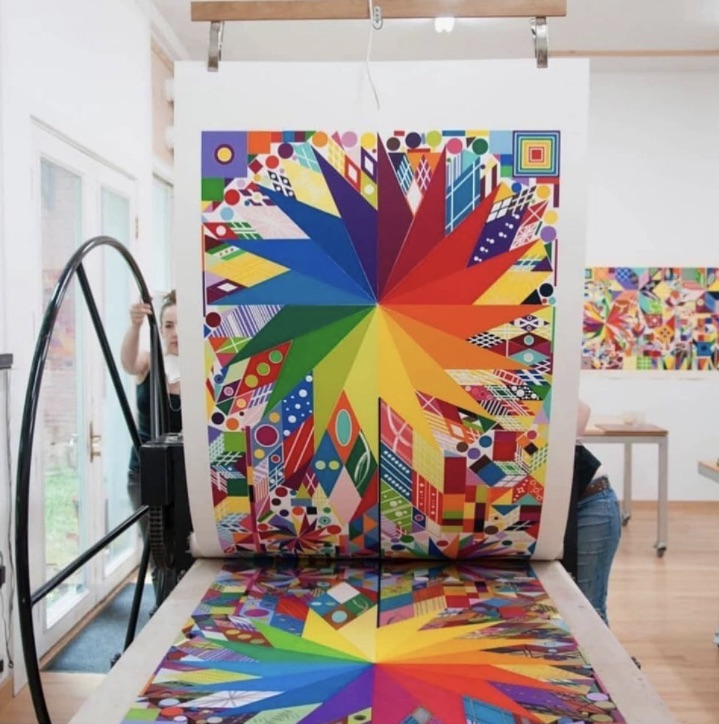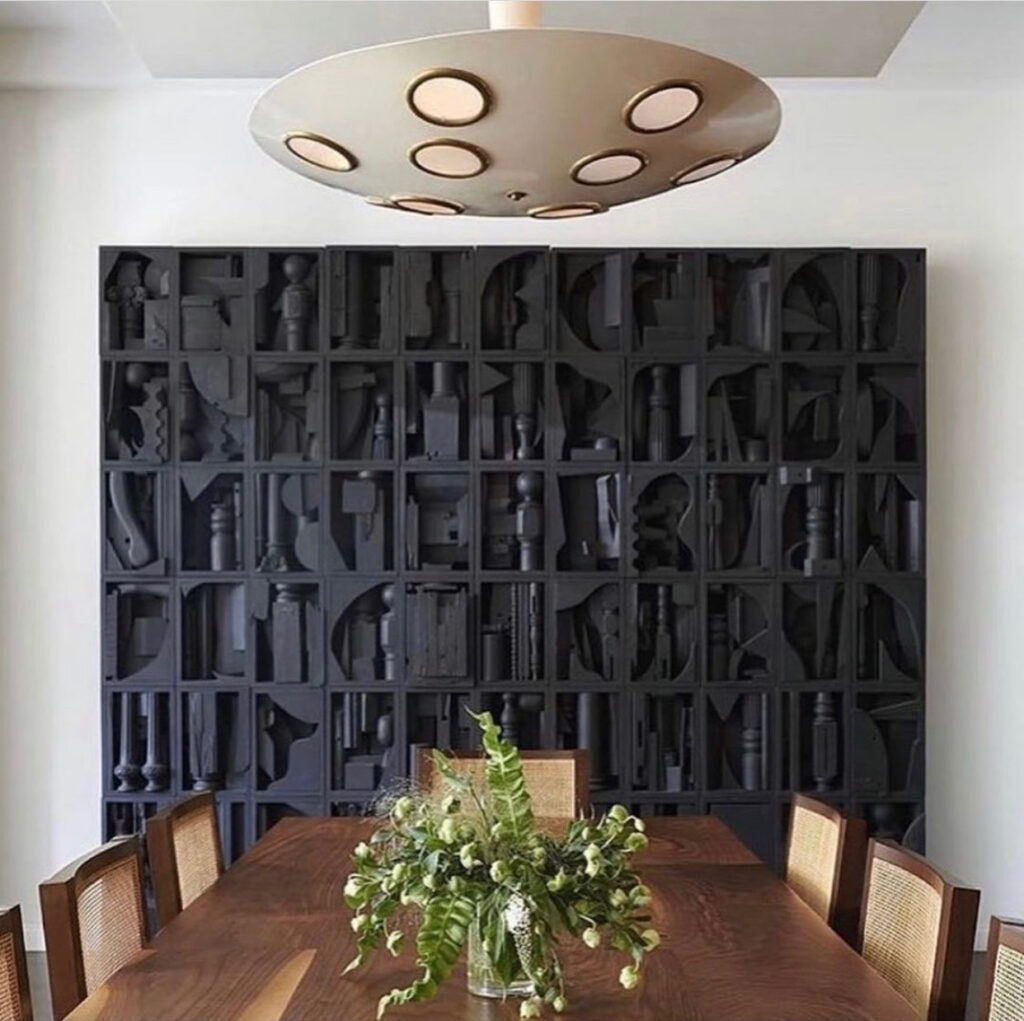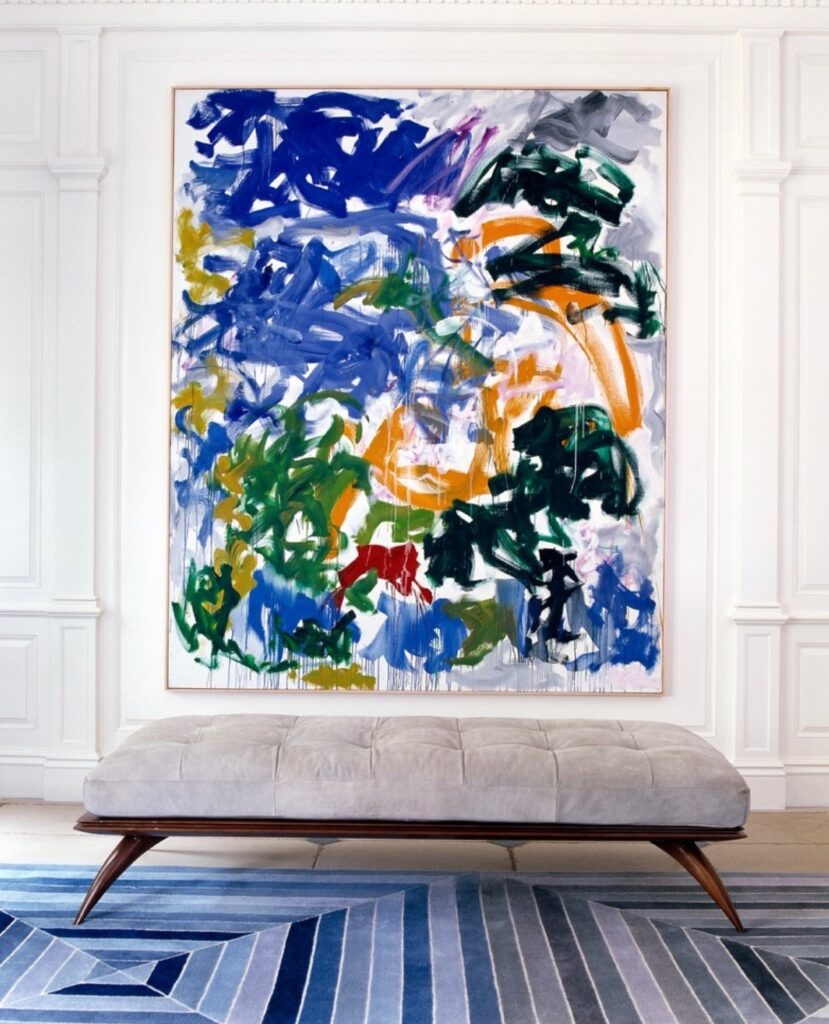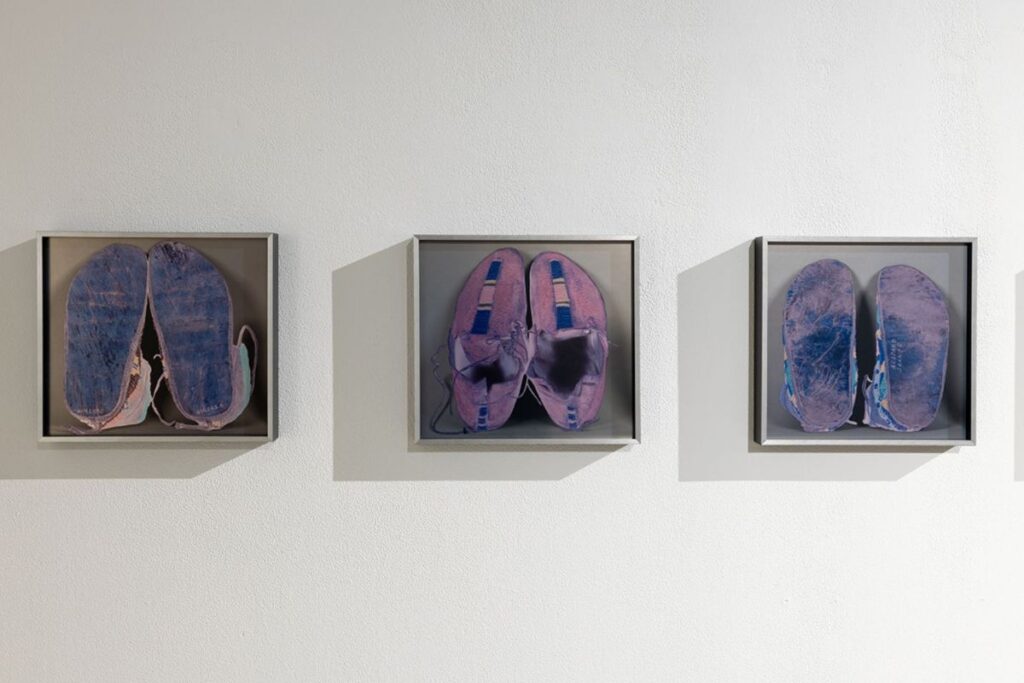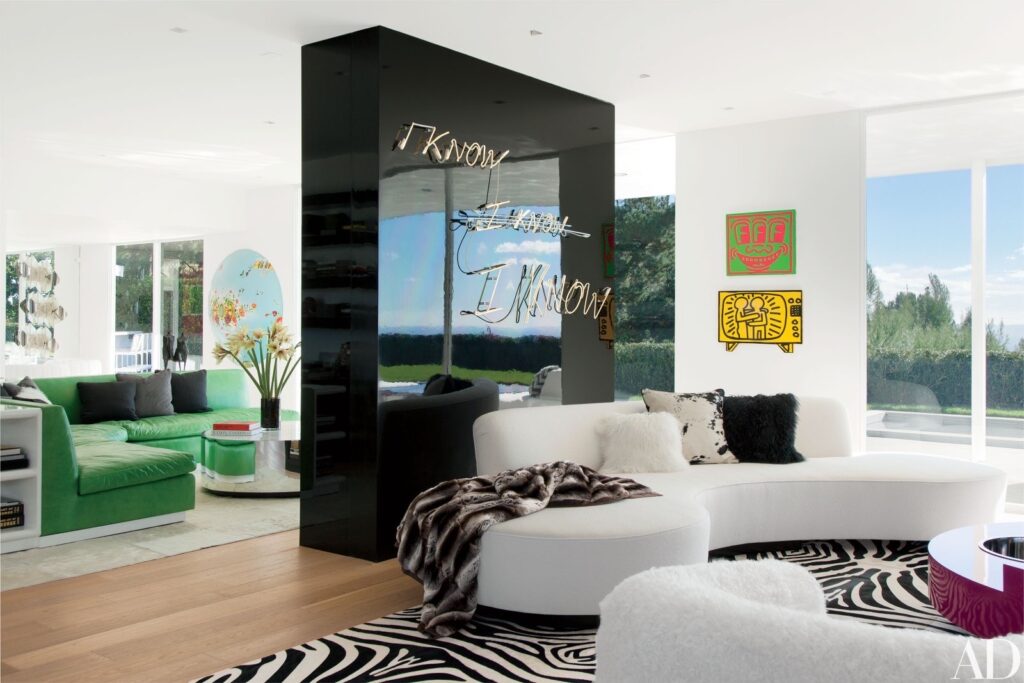Today marks the centennial birthday of the preeminent modernist Lucian Freud (1922-2011) and we’re celebrating by spotlighting select pieces from the artist’s illustrious practice.
Continue readingAlex Katz: Gathering
Alex Katz: Gathering opens today at the Guggenheim Museum in New York City which will run from October 21, 2022- February 20, 2023.
Continue readingWorld Heart Day
Today is World Heart Day! Created by the World Heart Federation, this day is to inform that Cardiovascular disease is the world’s leading cause of death, claiming 18.6 million lives each year, and to educate that by controlling risk factors such as tobacco use, unhealthy diet, and physical inactivity, at least 80% of premature deaths from heart disease and stroke could be avoided.
Continue readingUnconventional Materials
What’s That Made Of?!
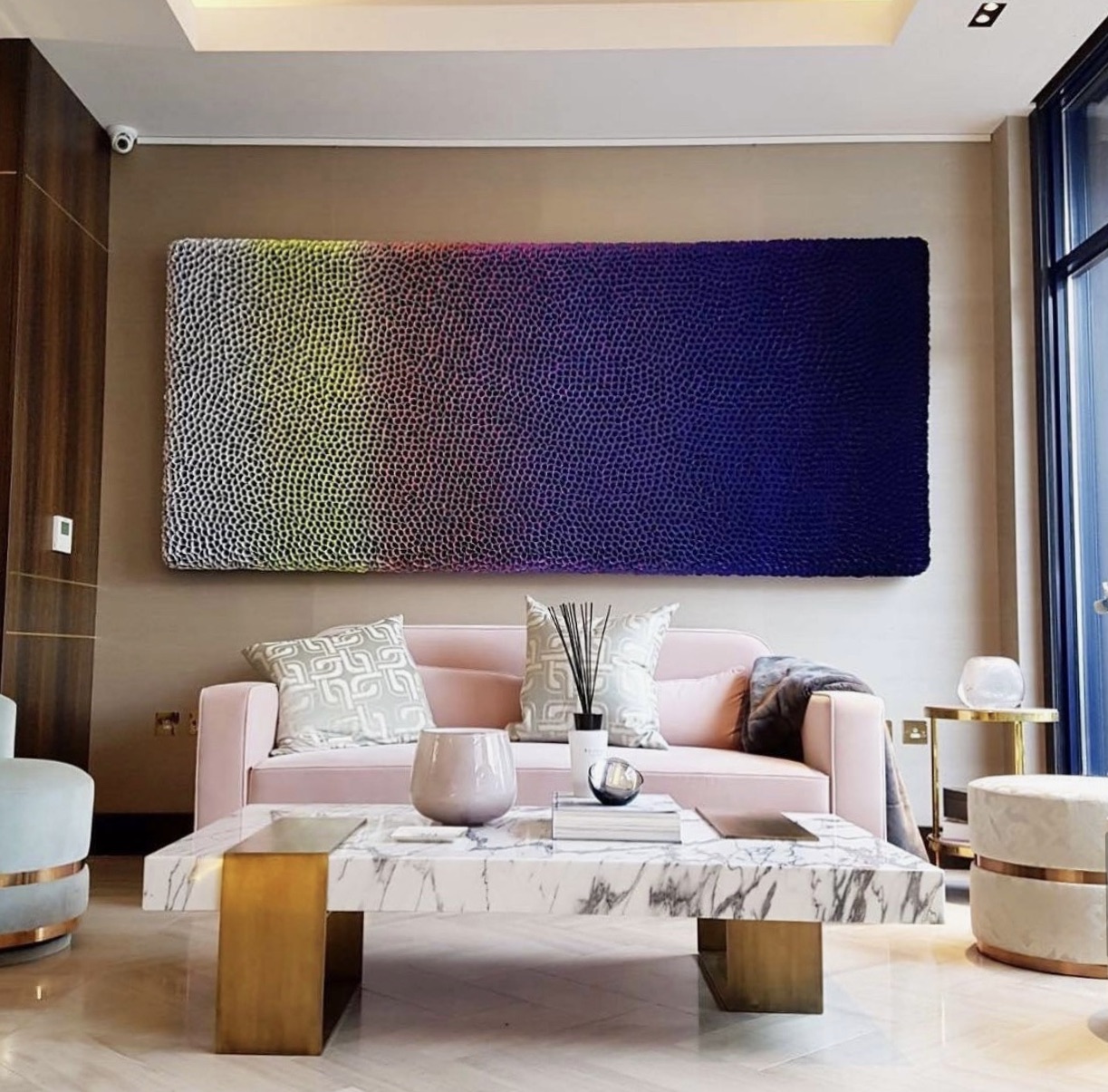
Zhuang Hong Yi, Fine rice paper with acrylic on canvas
Contemporary artists are constantly pushing limits, particularly in the often unconventional ways they employ their creative mediums and materials. Traditional mediums such as graphite, oil, and acrylic paints are still commonly used, however, artists all over the world have found new and innovative ways to express themselves through art in different forms.
There exists an endless array of out-of-the-box materials in the artworld, including neon lights, rice paper, steel-pins, compact discs, thread, smoke, felt, beads, glass, cans and even garbage.
Check out some of our favourite pieces made using unconventional materials below. If you are interested in any of these artists, please don’t hesitate to get in touch.
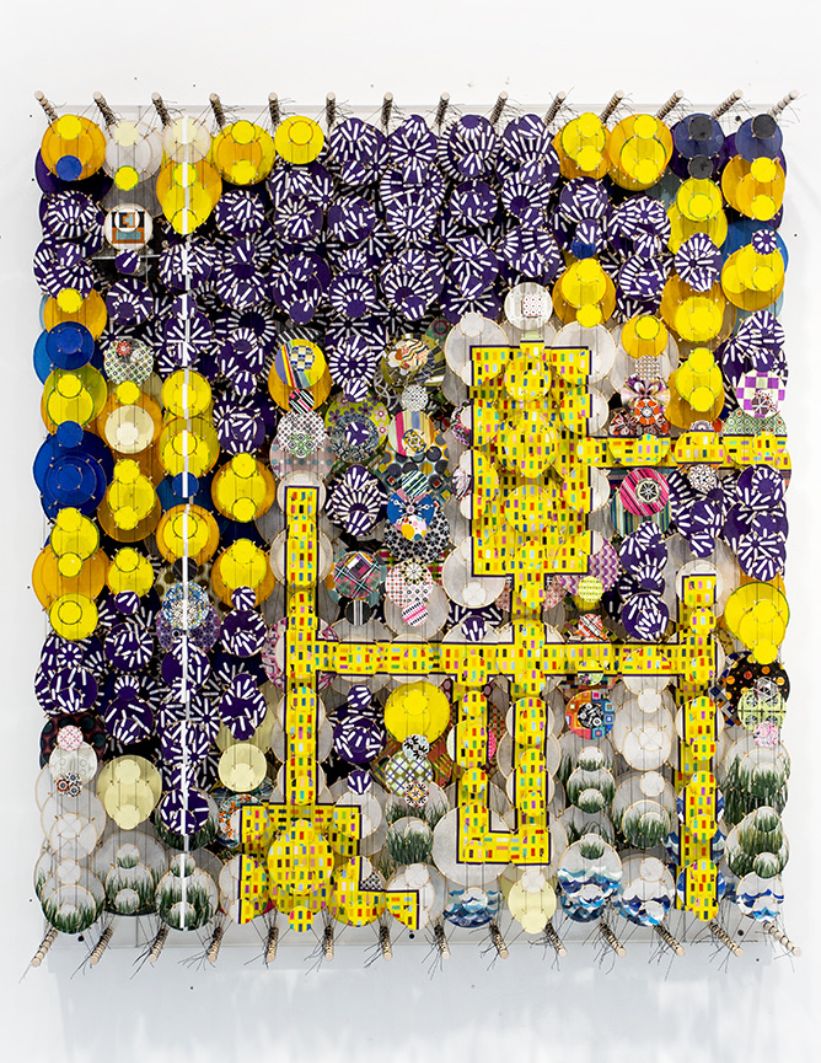
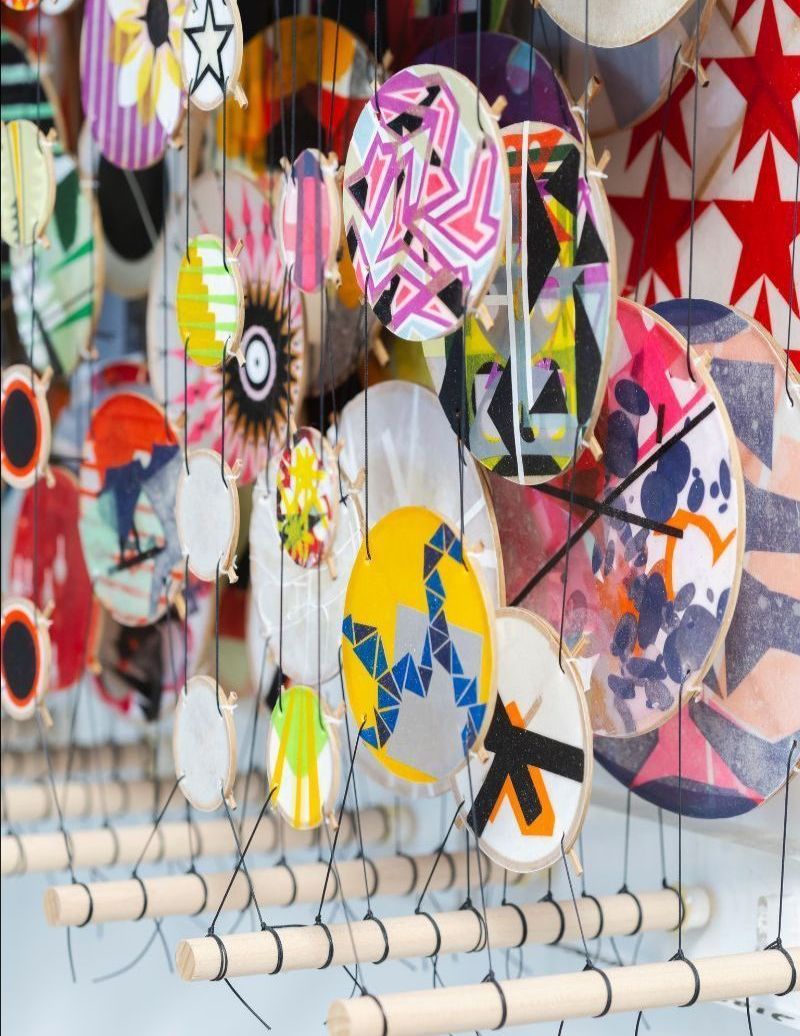
Jacob Hashimoto, Wood, acrylic, bamboo, paper and dacron
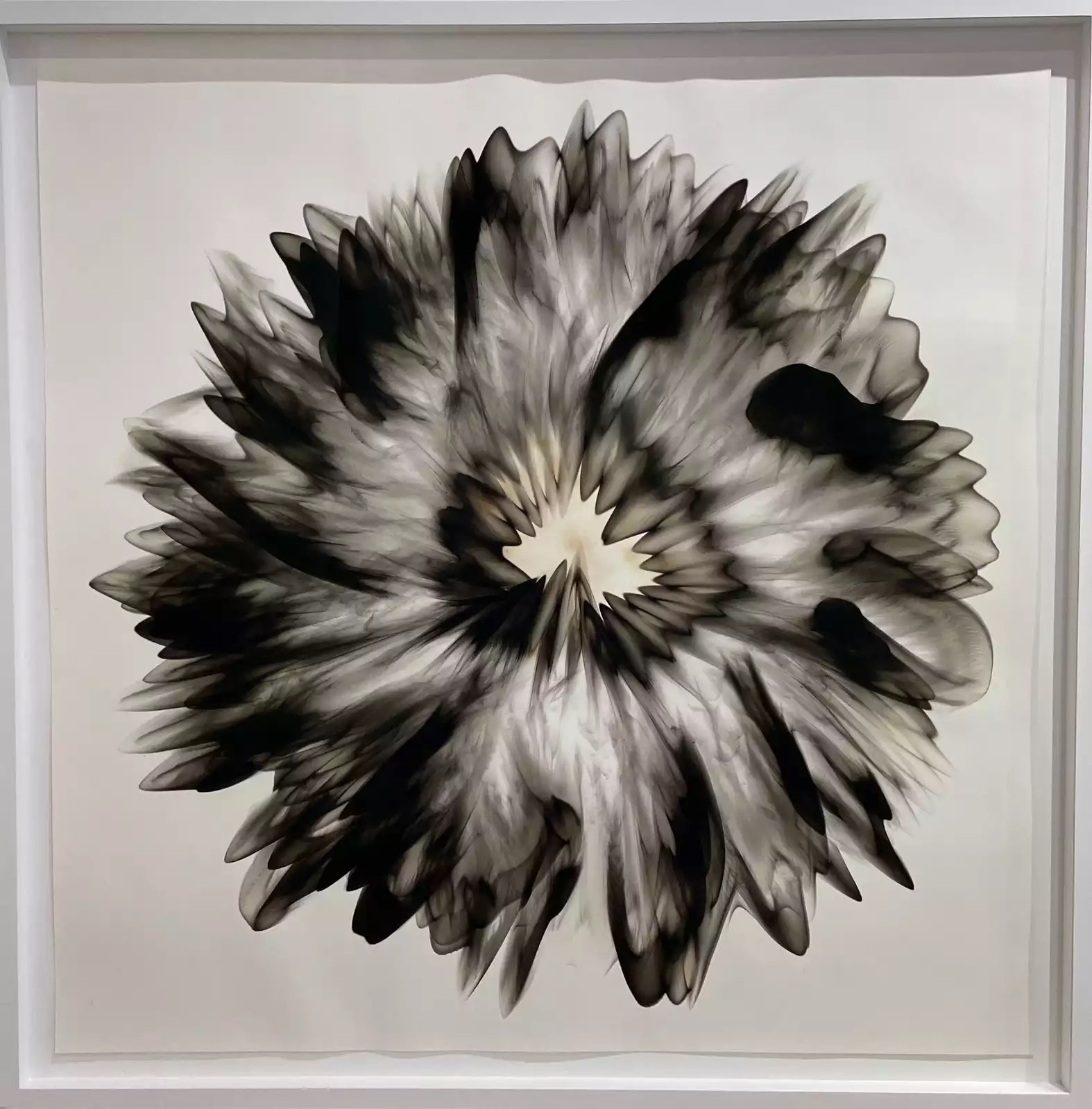
Dennis Lee Mitchell, Smoke on paper
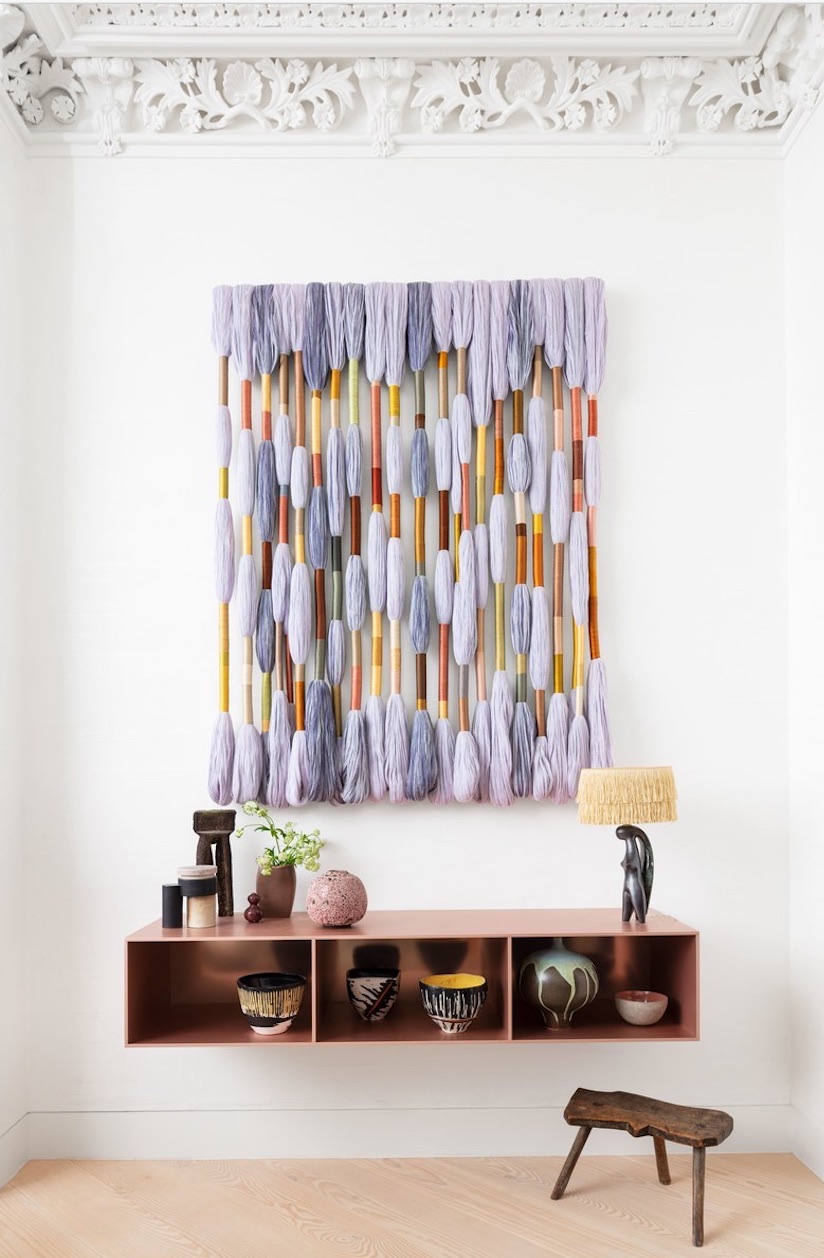
Sheila Hicks, Linen, silk, cotton, wool
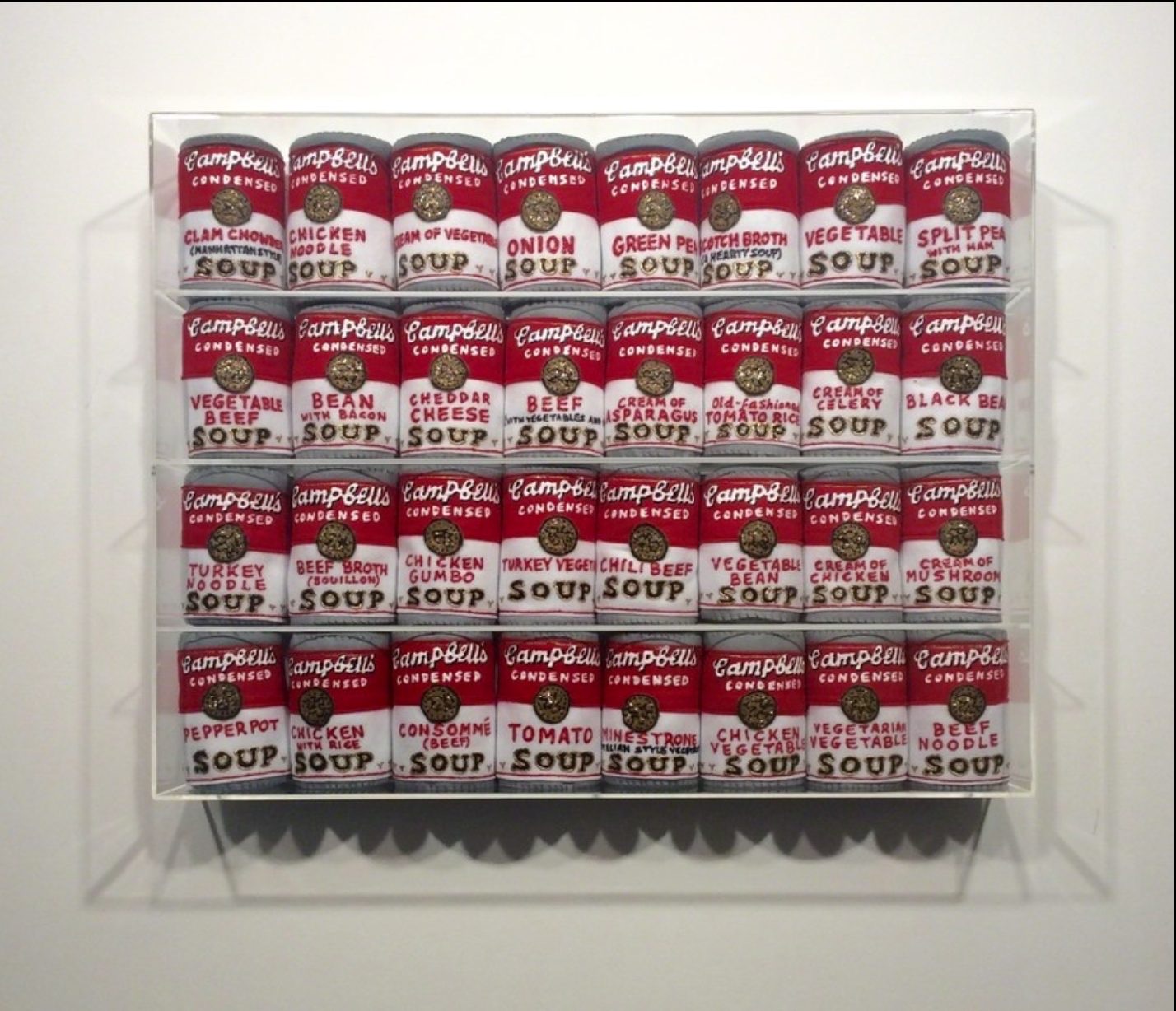
Lucy Sparrow, Felt, acrylic and thread
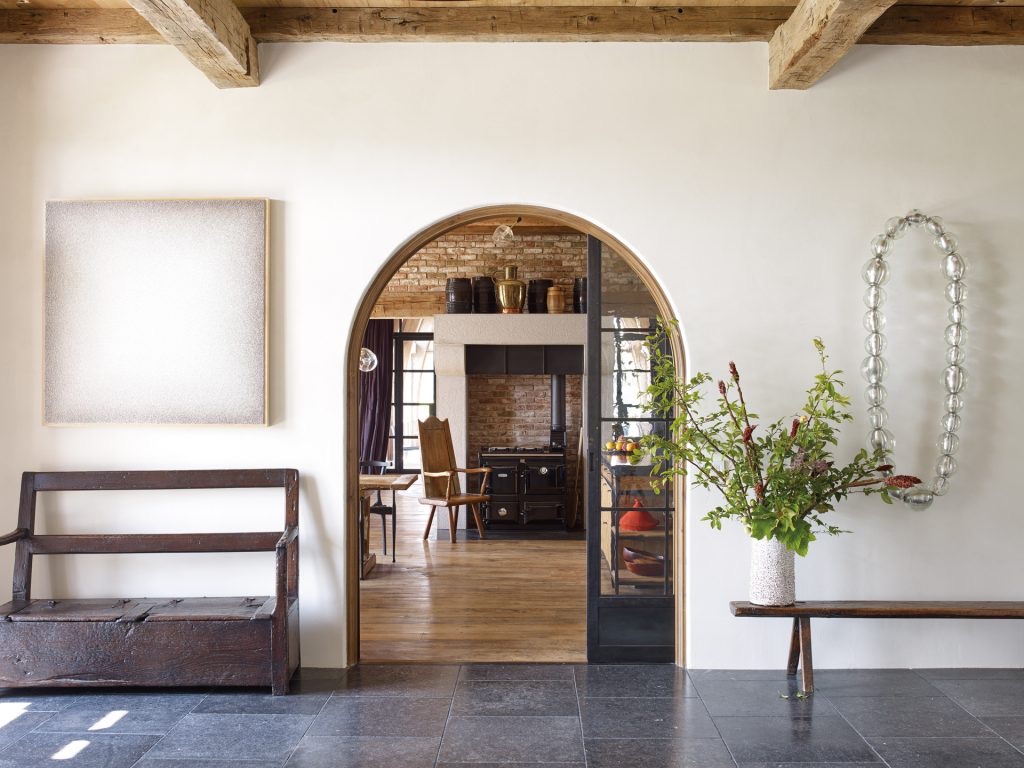
Tara Donovan, Gatorboard, paint, and nickel-plated steel pins, and Jean-Michel Othoniel, Mirrored glass and stainless steel. Photo by William Waldron.
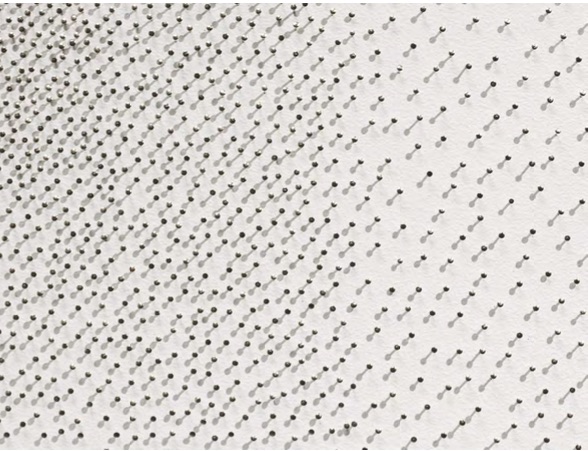
Tara Donovan, Gatorboard, paint and nickel-plated steel pins (detail)
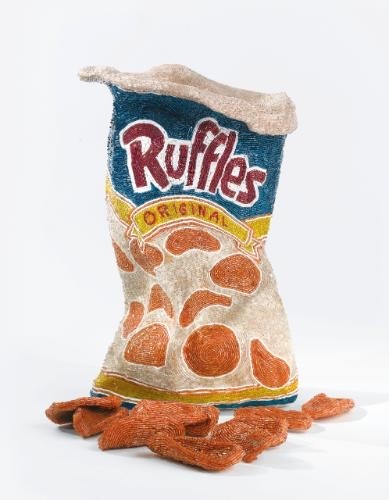
Liza Lou, Papier-mâché and glass beads
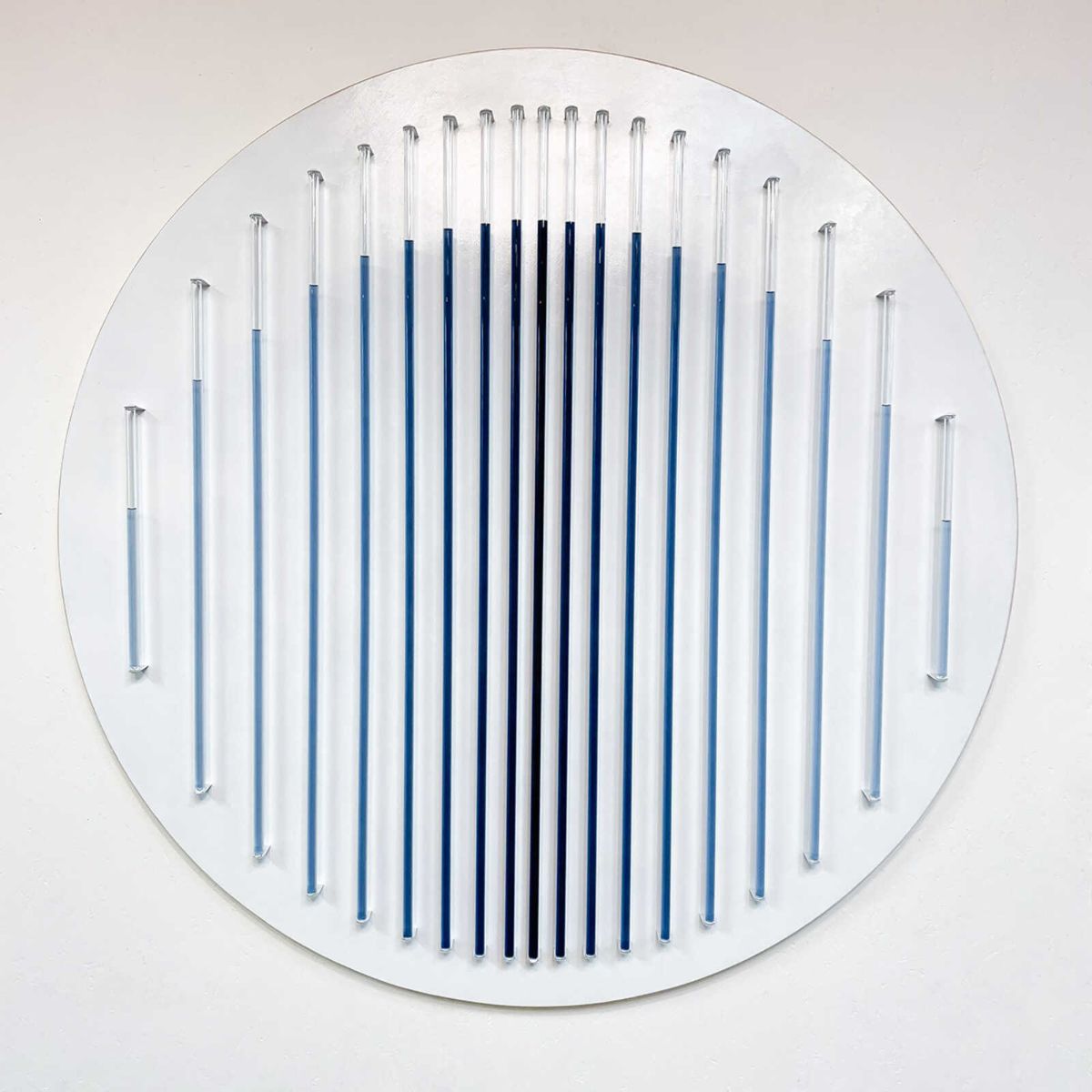
Douglas Scholes, Wood, glass tubes, metal, isopropanol 99%, natural dye
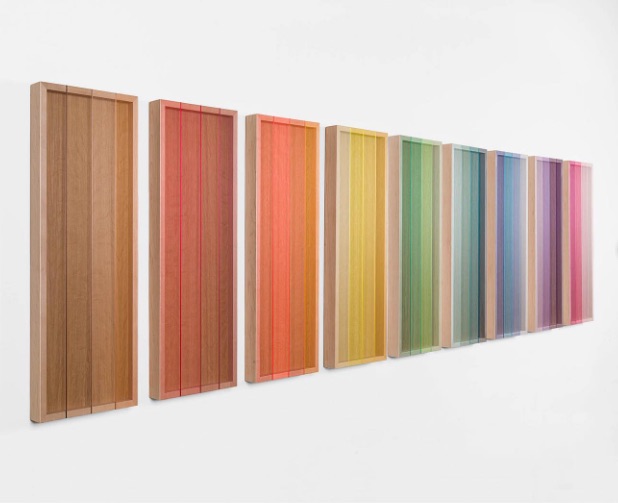
Brian Wills, Single-strand rayon thread and oil on oak
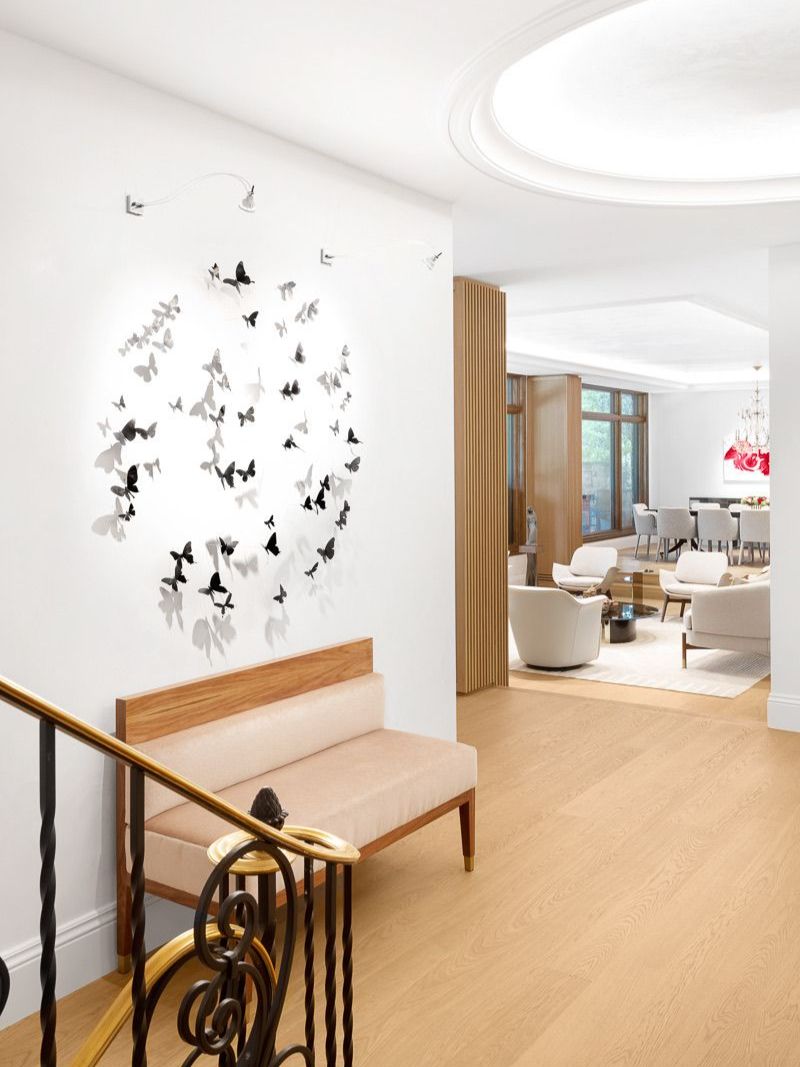
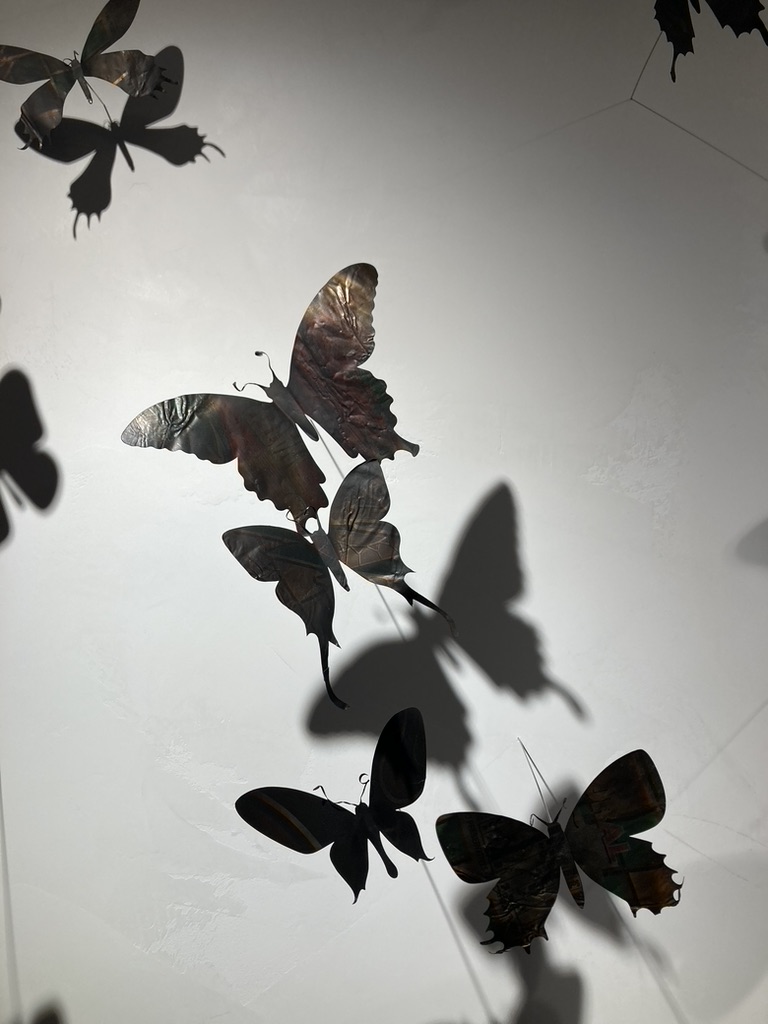
Paul Villinski, Aluminum (found cans), stainless steel wire
Minimalist Art
With its sleek and geometric aesthetic, minimalism is a purified art form of beauty and truth
Truth, purity, and harmony are adjectives that are often associated with Minimalism. The art style, which was pioneered in the 1950s in the United States, stood in stark contrast to the emotionally charged Abstract Expressionist movement. Minimalist artists, including Frank Stella, Ellsworth Kelly, Sol Lewitt, and Donald Judd, sought to focus on space, physicality, geometric shape, and line. Their general aim involved removing any compositional aspects deemed unnecessary or superfluous, to be left only with raw, simple shapes. There is no hidden metaphor, nothing to “get”; each artwork is brutally honest and unapologetic. As Frank Stella put it, “what you see is what you see.”
Related Posts
Re-Invented Contemporary Landscapes
Affordable Art For All
Black and White Art
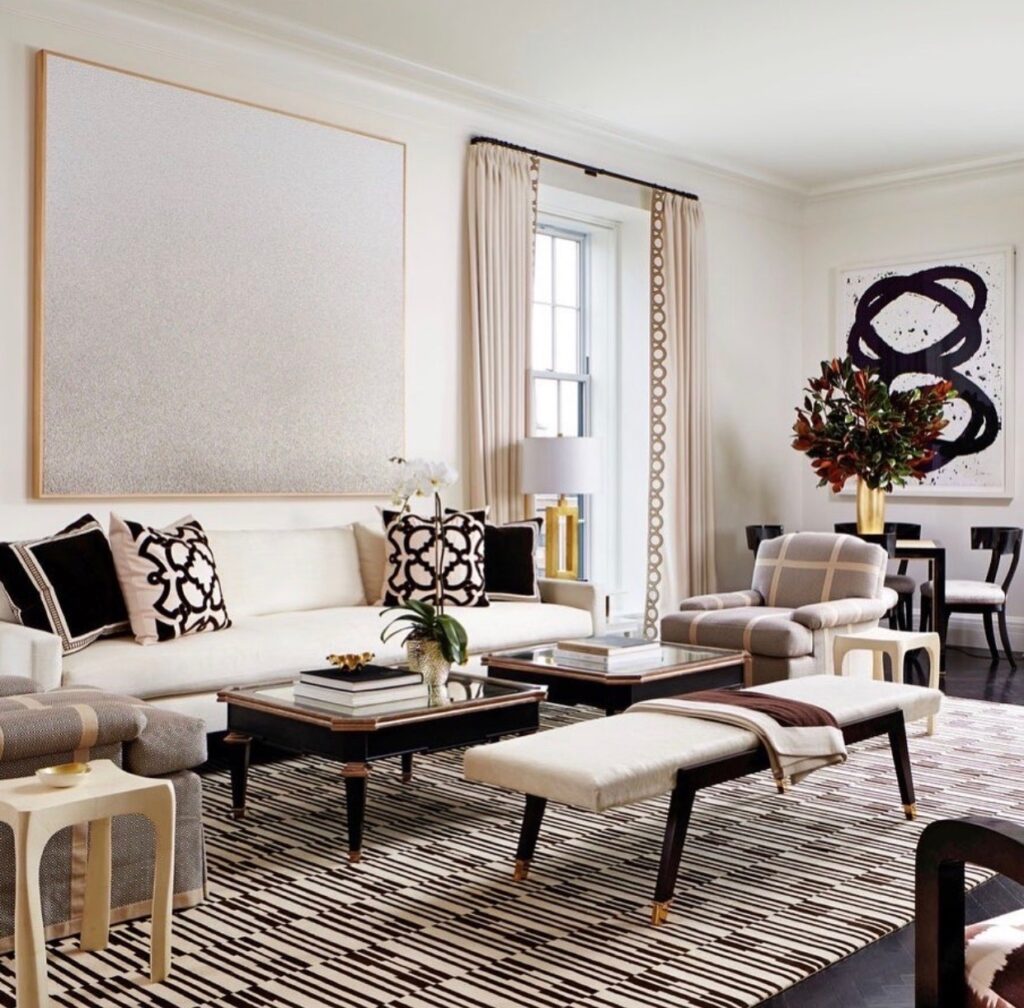 Tara Donovan & Richard Serra
Tara Donovan & Richard Serra
Minimalist art offers both a timeless and sophisticated aesthetic, one that is not prey to art trends. It gives a distinct calmness and maturity to any given space. Minimalism’s elegant simplicity is often misunderstood, but rather than attempt to understand, we should just look. In a world full of confusion, misinterpretation, and doubt, Minimalist art offers us the refreshing ability to perceive something exactly for what it is, no more, no less.
Today, many new artists continue to follow the tradition of Minimalist art, manifesting the style in paintings, photography, art prints, etc. If you are interested in adding any Minimalist art to your space or would like to learn more about the Minimalist artists mentioned, please do not hesitate to get in touch. Additionally, if you are interested in purchasing fine art to start or grow your collection, or in selling fine art, feel free to contact Robin Rosenberg Fine Art.
 Yves Gaucher, Jericho – An Allusion to Barnett Newman, 1978, Color lithograph on wove paper, Edition of 85, 28 x 41 inches
Yves Gaucher, Jericho – An Allusion to Barnett Newman, 1978, Color lithograph on wove paper, Edition of 85, 28 x 41 inches
 Rirkrit Tiravanija, Rudolf Stingel, Anish Kapoor and Donald Judd
Rirkrit Tiravanija, Rudolf Stingel, Anish Kapoor and Donald Judd
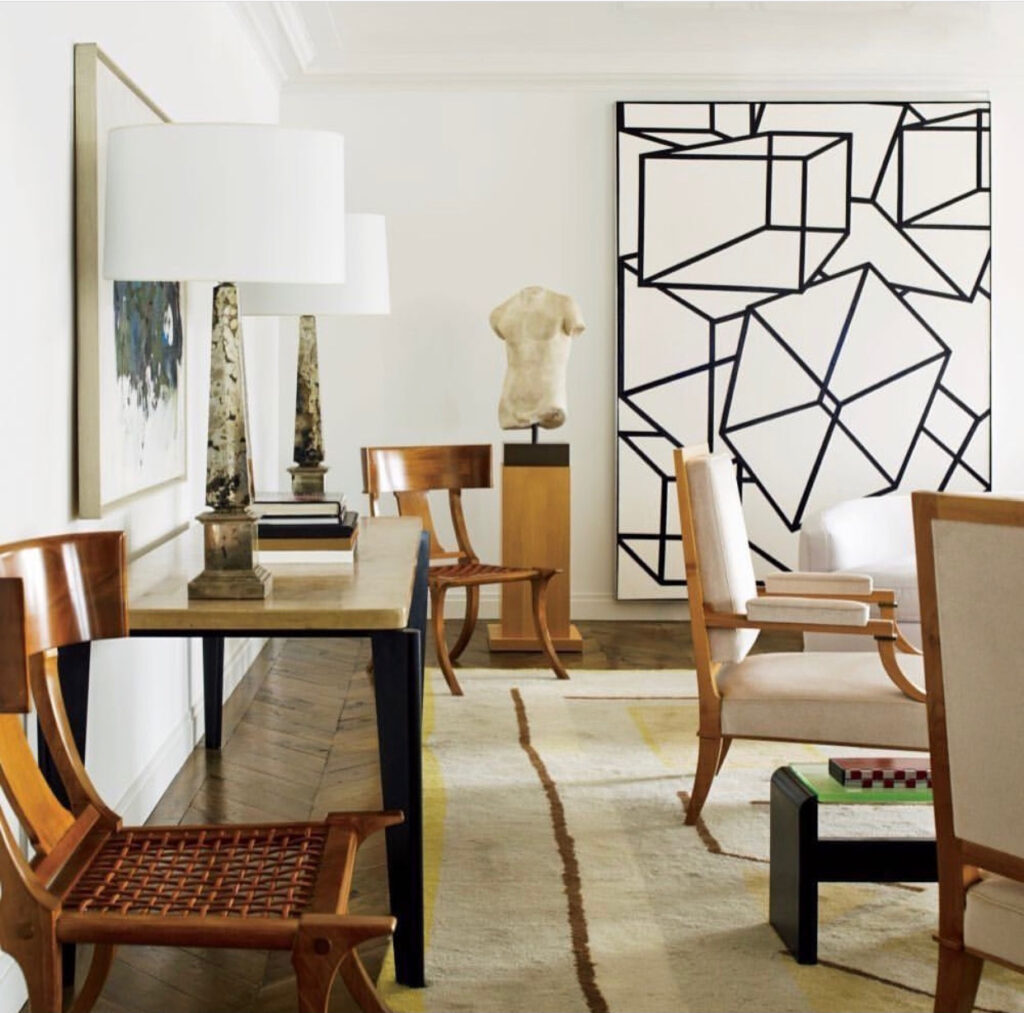 Al Held
Al Held
 Sol LeWitt
Sol LeWitt
 Robert Mangold, Double Square Frame I, 2015, Etching, Edition of 48, 22 1/2 x 36 inches
Robert Mangold, Double Square Frame I, 2015, Etching, Edition of 48, 22 1/2 x 36 inches
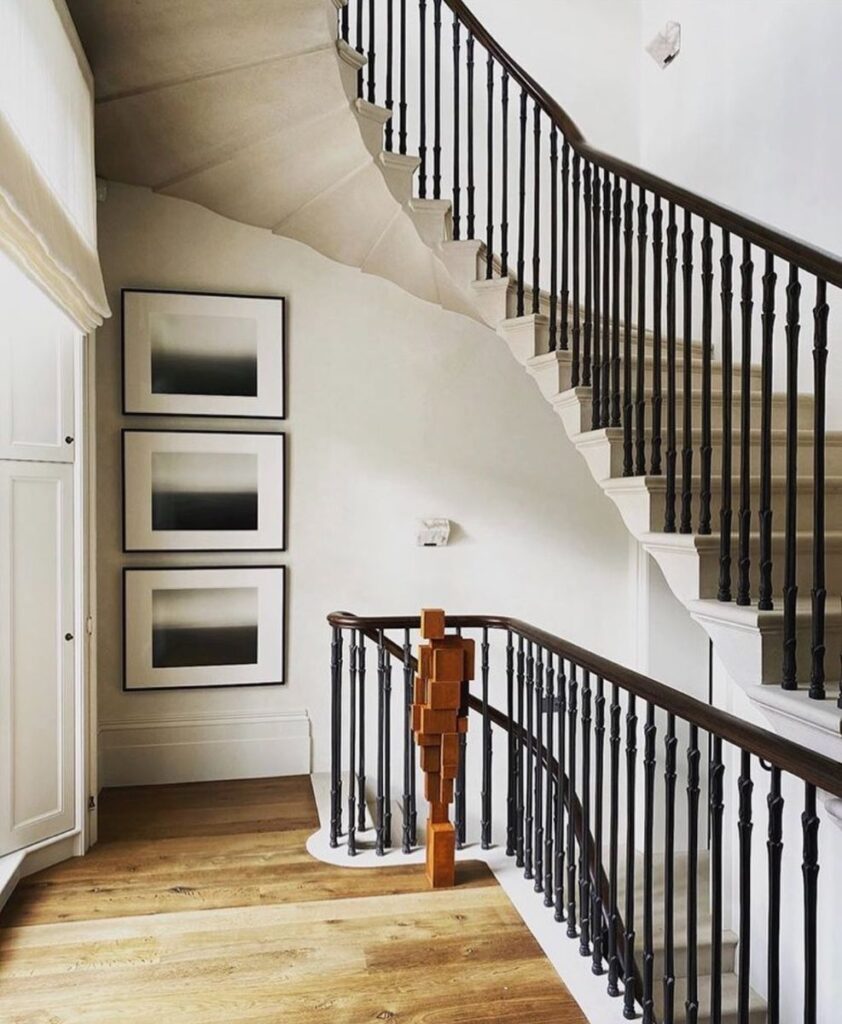 Antony Gormley and Hiroshi Sugimoto
Antony Gormley and Hiroshi Sugimoto
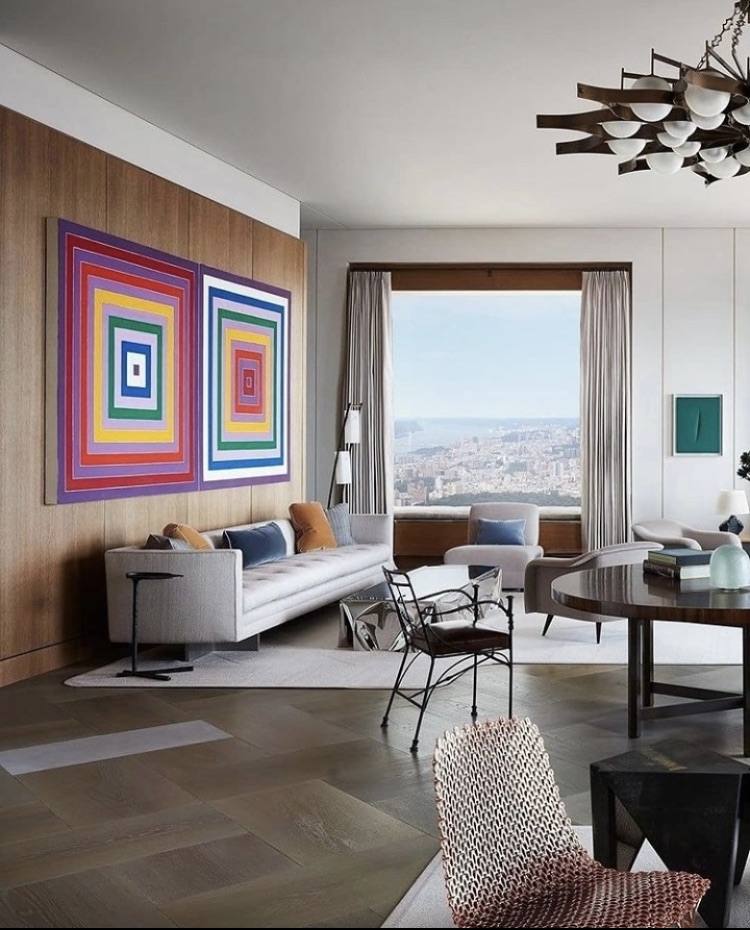 Frank Stella
Frank Stella
Happy Pride Month!
Celebrating the LGBTQ+ Community in the Arts
In June, Canadians and the International community gather for Pride Month where we celebrate the history and diversity of the LGBTQ+ community. We recognize the progress that has been made and acknowledge that there are still many barriers to overcome.
Related Posts
International Women’s Day
National Indigenous Peoples Day
Celebrating Black Artists
The contributions made to the art world by members of the LGBTQ+ community are profound. Despite the adversity and discrimination they were confronted with, several artists from the LGBTQ+ community fearlessly opened up new paths of creativity in the art world.
To celebrate Pride Month, Robin Rosenberg highlights some of the most unforgettable artworks that honour their love, adversity and resilience and artworks that beautifully render the complexity of sexuality and the intersectionality of gender, including Andy Warhol’s portrait of Basquiat; Nan Goldin’s Jimmy Paulette and Taboo! Undressing, NYC; Robert Mapplethorpe’s Self Portrait, and many more.
Featured are just a few of the iconic contributions of the brilliant LGBTQ+ community to the arts. Please contact us if any of these works or artists are of interest, or if you are interested in selling your art or investing in fine art.
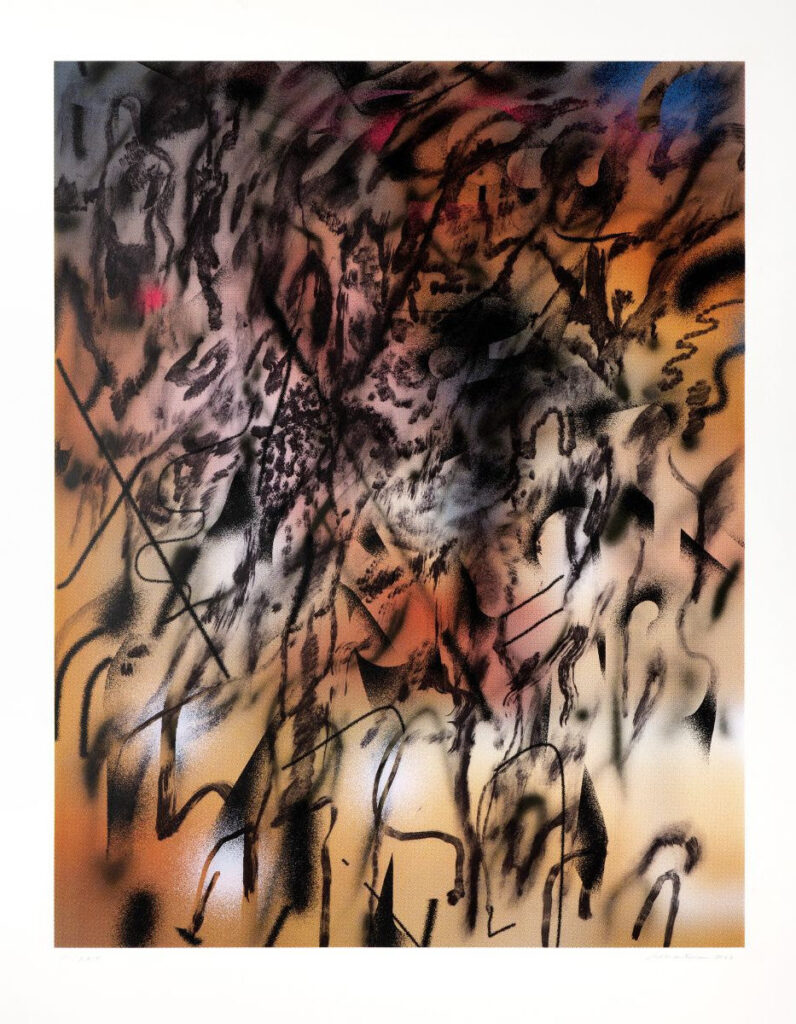 Julie Mehretu, Corner of Lake and Minnehaha, 2022, 17-Run screenprint, Ed. of 45, 47.5 x 37 in
Julie Mehretu, Corner of Lake and Minnehaha, 2022, 17-Run screenprint, Ed. of 45, 47.5 x 37 in
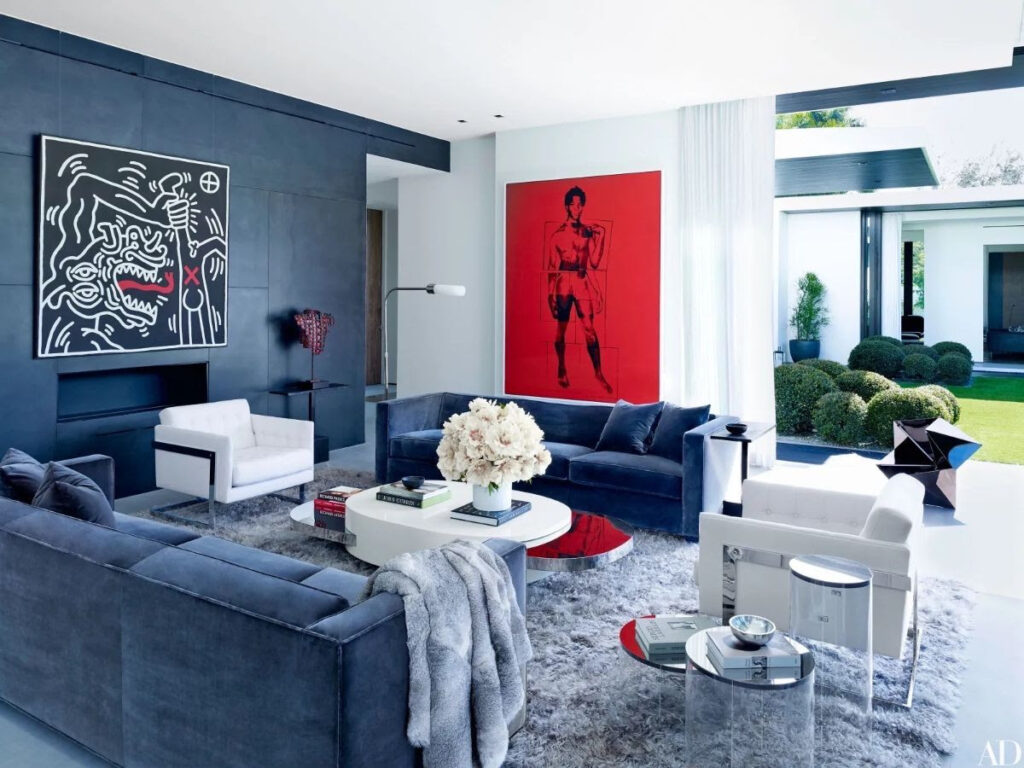 Keith Haring painting, Gérard Van Kal Mon sculpture, Andy Warhol portrait of Basquiat
Keith Haring painting, Gérard Van Kal Mon sculpture, Andy Warhol portrait of Basquiat
 Zanele Muholi, Thatha II, Sheraton Hotel, Brooklyn, 2019, Site-specific photographic mural, Ed. of 2,138 in
Zanele Muholi, Thatha II, Sheraton Hotel, Brooklyn, 2019, Site-specific photographic mural, Ed. of 2,138 in
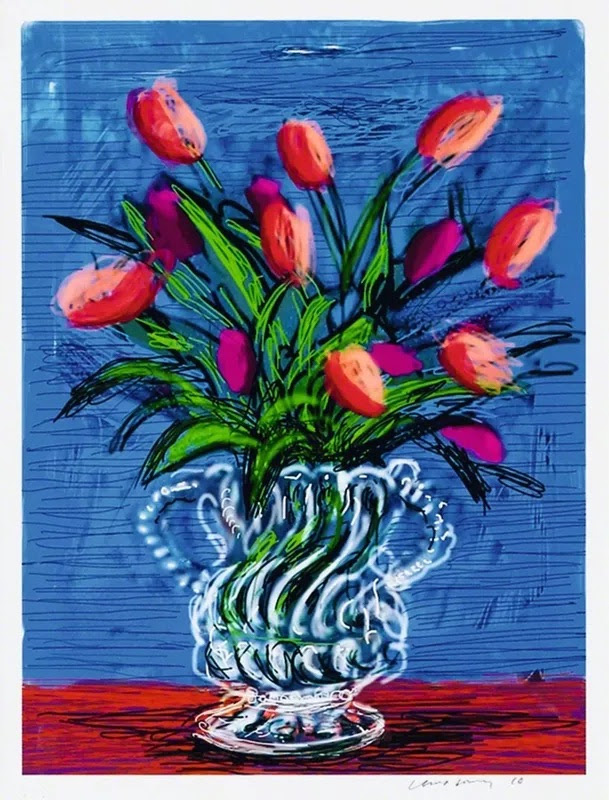 David Hockney, Ipad Drawing Untitled 346, 2010, 8 color inkjet print, Ed. of 250, 22 x 17 in
David Hockney, Ipad Drawing Untitled 346, 2010, 8 color inkjet print, Ed. of 250, 22 x 17 in
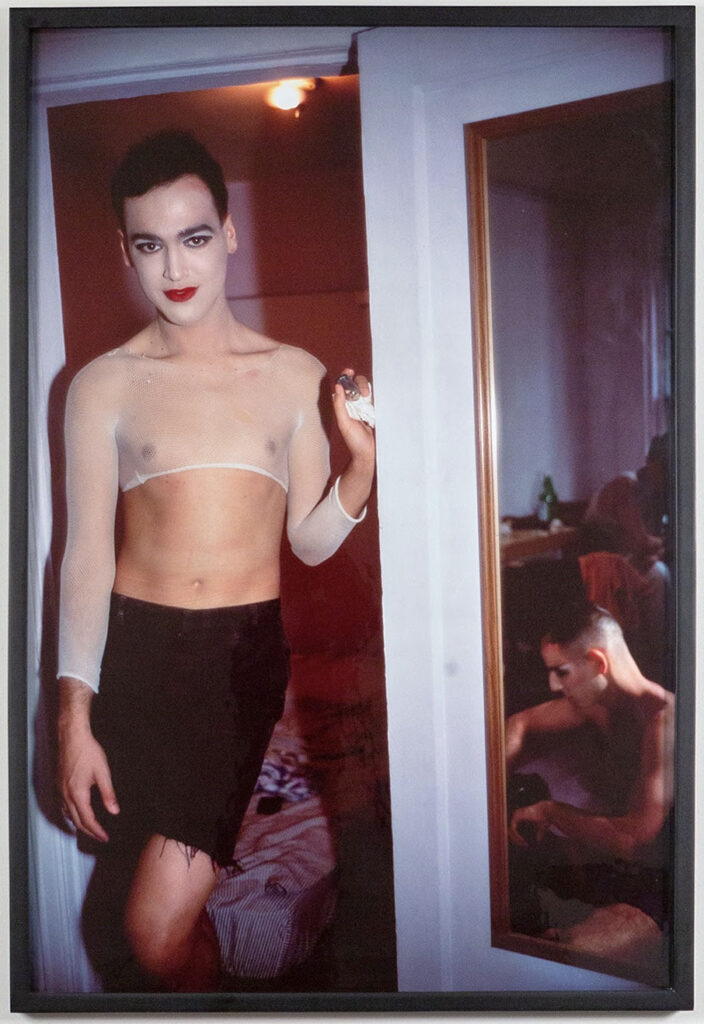 Nan Goldin, Jimmy Paulette and Taboo! Undressing, NYC, 1991, Cibachrome print, Ed. of 25, 39.5 x 26.5 in
Nan Goldin, Jimmy Paulette and Taboo! Undressing, NYC, 1991, Cibachrome print, Ed. of 25, 39.5 x 26.5 in
 Tamara de Lempicka, Self Portrait (Tamara in a Green Bugatti), ca. 2014, Gouttelette print on paper, Ed. of 100, 28 x 21 in
Tamara de Lempicka, Self Portrait (Tamara in a Green Bugatti), ca. 2014, Gouttelette print on paper, Ed. of 100, 28 x 21 in
 Glenn Ligon
Glenn Ligon
 Catherine Opie, Rainbow Falls #2, 2015, Pigment print, Ed. of 5, 45 x 30 in
Catherine Opie, Rainbow Falls #2, 2015, Pigment print, Ed. of 5, 45 x 30 in
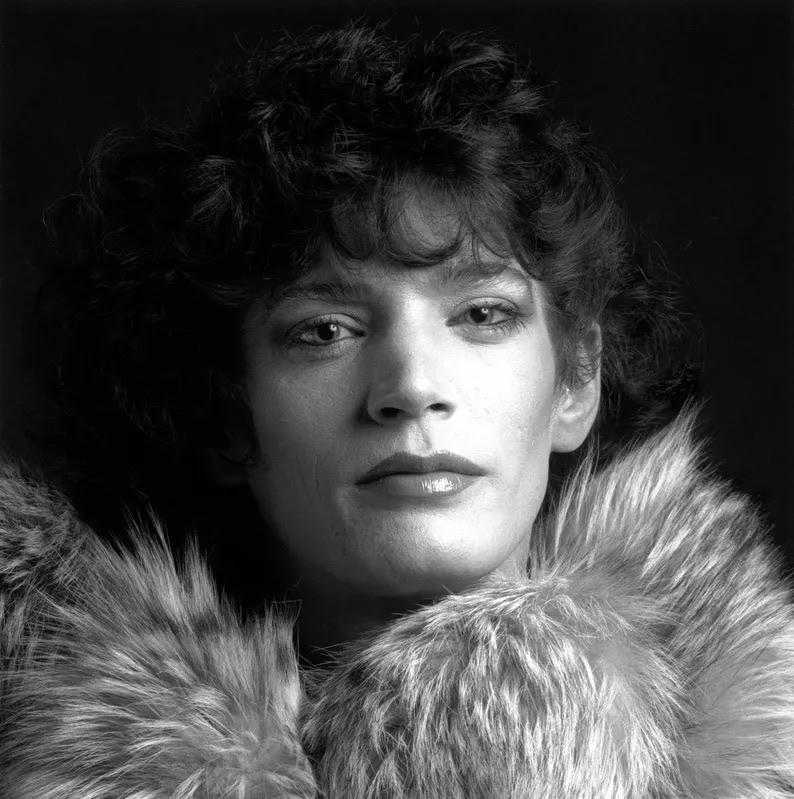 Robert Mapplethorpe, Self Portrait, 1980
Robert Mapplethorpe, Self Portrait, 1980
Re-Invented Contemporary Landscapes
A Site for Sore Eyes!
As we witness the landscapes of our world continuously change around us, so too has the nature of landscape art over time. One may typically associate landscape painting with more traditional, historical exhibits in a museum, but the genre has surged in relevance within contemporary art. While rooted in the depiction of the natural scenery that surrounds us, today’s artists use landscapes to illustrate many present-day themes such as environmental fragility and our dependence on virtual spaces. What keeps these artworks modern is their range of mediums and use of technology, as well as their range of styles from photorealism, to abstract and beyond.
Related Posts
Shaped Canvases
Pencil Revival
Art in Full Bloom
While we will never tire of the Impressionist work of Monet and Pissarro, or the historical Canadian landscape paintings of the Group of Seven, here are some examples of works we are loving right now, including art prints and paintings by Sarah Anne Johnson, Vik Muniz, Scott McFarland, Pablo Genovés, and more. Please contact us for any inquiries or if you are interested in selling or purchasing fine art.
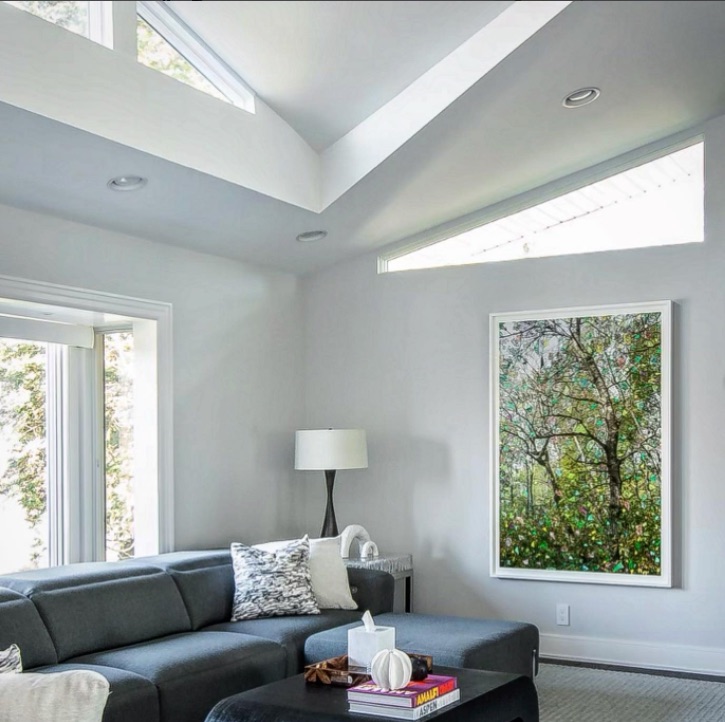 Sarah Anne Johnson
Sarah Anne Johnson
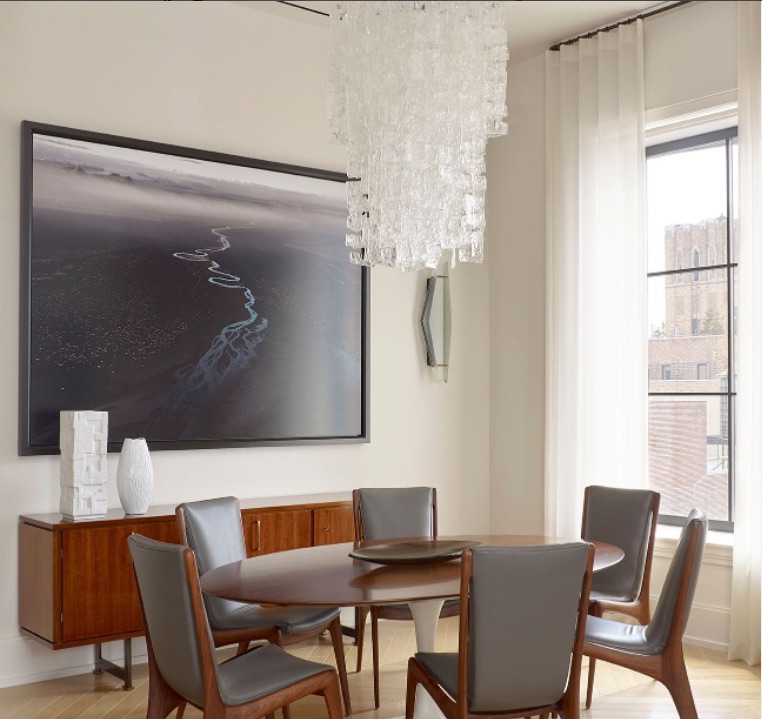 Edward Burtynsky
Edward Burtynsky
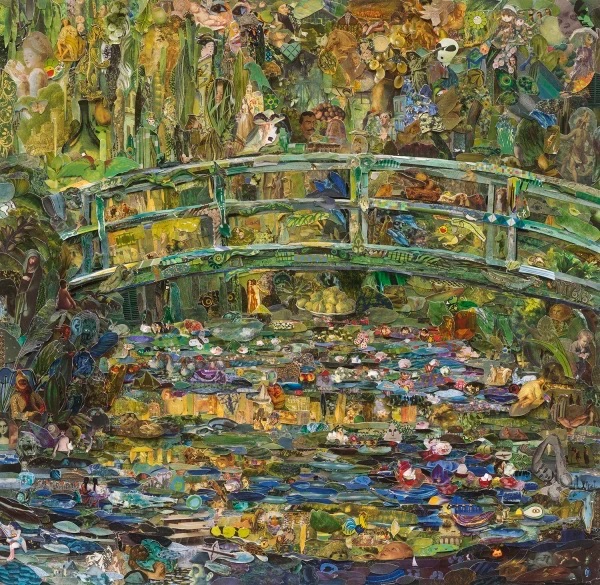 Vik Muniz, Pola Museum of Art (Water Lily Pond, after Claude Monet), Repro, 2016, Digital C-Print, Edition of 6, 40 x 41 inches
Vik Muniz, Pola Museum of Art (Water Lily Pond, after Claude Monet), Repro, 2016, Digital C-Print, Edition of 6, 40 x 41 inches
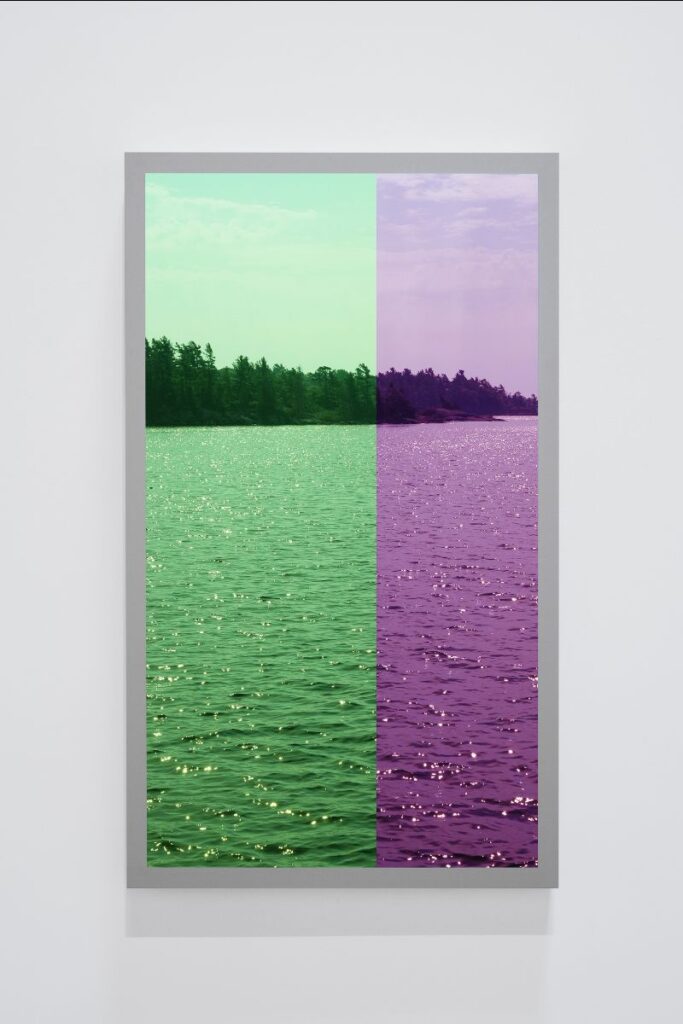 Scott McFarland, Video, Edition of 3, 49 x 28 inches
Scott McFarland, Video, Edition of 3, 49 x 28 inches
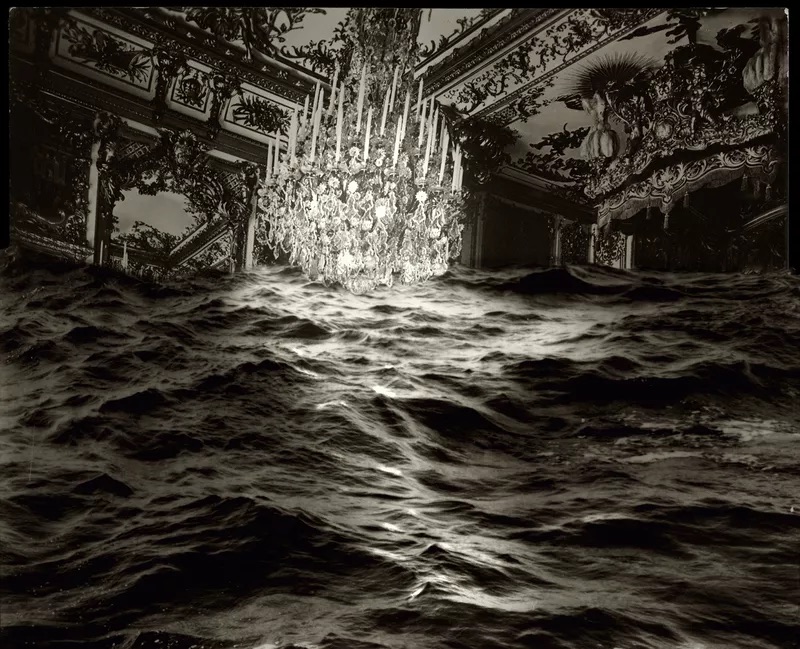 Pablo Genovés, Chandelier, 2017, Pigment print, 39 x 48 inches
Pablo Genovés, Chandelier, 2017, Pigment print, 39 x 48 inches
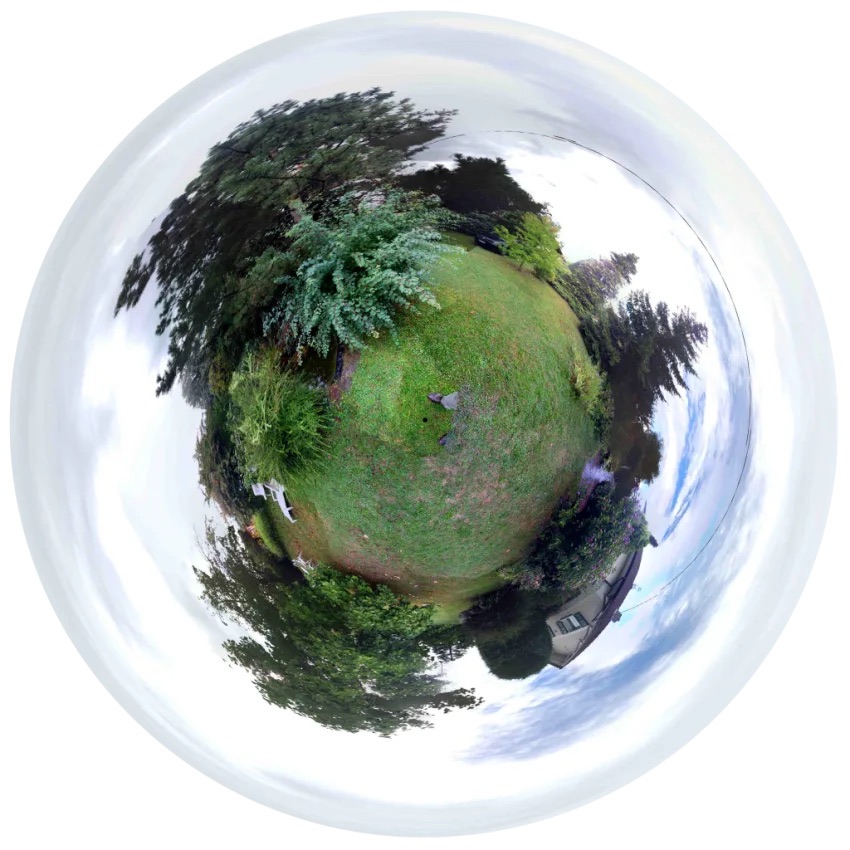 Luc Courchesne, 2013/09/15 Thonon Les Bains, 2012, Digital print on archival paper, translucent acrylic disc and rotary device, Edition of 3, 10 x 10 inches
Luc Courchesne, 2013/09/15 Thonon Les Bains, 2012, Digital print on archival paper, translucent acrylic disc and rotary device, Edition of 3, 10 x 10 inches
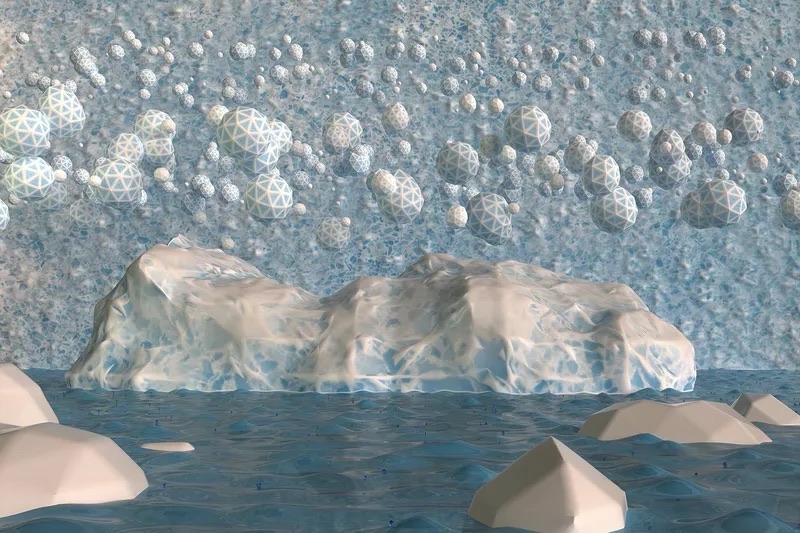 Alex McLeod, Iceberg, 2017, Chromogenic print, Edition of 3, 32 x 48 inches
Alex McLeod, Iceberg, 2017, Chromogenic print, Edition of 3, 32 x 48 inches
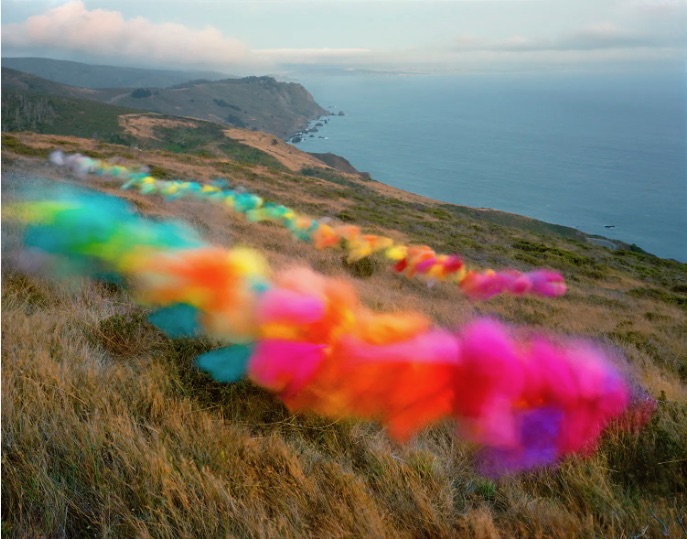 Thomas Jackson, Tulle no.12, Stinson Beach, California, 2020, Archival pigment print,
Thomas Jackson, Tulle no.12, Stinson Beach, California, 2020, Archival pigment print,
Varied sizes and editions
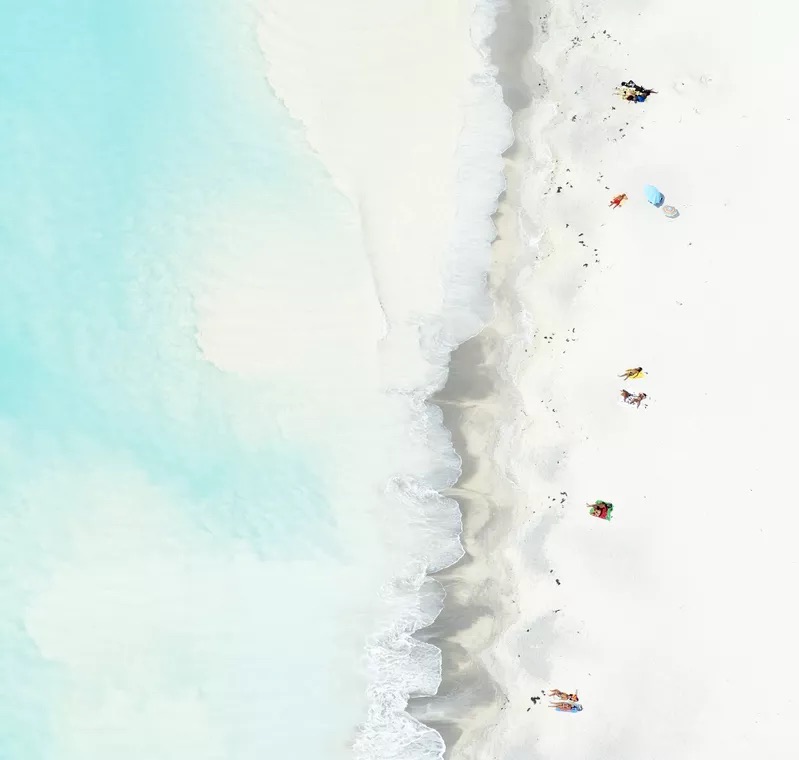 Joshua Jensen-Nagle, Keeping It Simple, Tuscany, Italy, 2016, Archival inkjet print, Edition of 7,
Joshua Jensen-Nagle, Keeping It Simple, Tuscany, Italy, 2016, Archival inkjet print, Edition of 7,
41 x 43 inches
International Women’s Day
History in the Making!
Happy International Women’s Day to all; a wonderful opportunity to celebrate the social, economic, cultural and political achievements of women. We would like to take advantage of this day to showcase just a few of the incredible women artists who inspire us and our followers. Though the fight is certainly far from over, we applaud the strength of the women who have achieved such high levels of success despite the adversity they have faced.
Related Posts
Celebrating Two Iconic Female Artists: Cindy Sherman and Barbara Kruger
Art in Full Bloom
Fashion Photography
As always, if any artists are of interest, please do not hesitate to be in touch with us.
 Nina Chanel Abney, Two Years and Counting, 2018, Relief print in colours, Edition of 35, 65 9/10 x 39 2/5 inches
Nina Chanel Abney, Two Years and Counting, 2018, Relief print in colours, Edition of 35, 65 9/10 x 39 2/5 inches
Artemesia Gentileschi, Self-Portrait as the Allegory of Painting, Oil on canvas, 38.8 x 29.6 inches (left), Hannah Wilke, S.O.S. Starification Object Series, Performalist Self Portrait with Les Wollam, 1974, Photograph, 42 1/4 x 29 3/8 inches
 Beatriz Milhazes, Figo, 2007, Woodblock and screenprint, Edition of 30, 70 x 47 inches
Beatriz Milhazes, Figo, 2007, Woodblock and screenprint, Edition of 30, 70 x 47 inches
 Alex Prager, Lois, 2009, Chromogenic print, 47 5/8 x 70 inches, Edition of 3
Alex Prager, Lois, 2009, Chromogenic print, 47 5/8 x 70 inches, Edition of 3
 Simone Leigh, Jug, 2019, Bronze, 84 1/2 x 49 3/5 inches
Simone Leigh, Jug, 2019, Bronze, 84 1/2 x 49 3/5 inches
Polly Apfelbaum, Atomic Series, 2018, Monoprint
Lucy Sparrow, Nil By Mouth at 32, Felt, Acrylic, and Thread, Edition of 20, 23 x 20 x 5 inches
Louise Nevelson, Wood sculpture, private collection
Joan Mitchell, Oil on canvas
Nadia Myre, [in]tangible tangles, 2021, Digital print, Edition of 7, 8 1/2 x 8 1/2 inches
Sarah Anne Johnson, DTAW3, 2021, Pigment print with oil paint, 60 x 40 inches
Tracey Emin, I Know, I Know, I Know, Neon tube installation
 Kara Walker, Fons Americanus, 2019, Tate Modern, London (left), Lynda Benglis, An Alphabet of Forms, 2021, Pace Gallery, New York
Kara Walker, Fons Americanus, 2019, Tate Modern, London (left), Lynda Benglis, An Alphabet of Forms, 2021, Pace Gallery, New York
Shaped Canvases
Think Outside The Box!
What shape comes to mind when picturing a painting on canvas? Most of us would probably think of a rectangle or square. The rectangular canvas is most prominent not only for its aesthetic properties, but also because it is easiest to stretch on a frame with right angles. However, when it comes to art, the possibilities are limitless. Changing the shape of the canvas can add character and depth to a piece, bringing a surprisingly different energy and feel to any given artwork.
Constructivist artist Peter László Peri is believed to be the originator of the shaped canvas back in the 1920s, where geometric shapes in art aimed to reflect the modern industrial era. (Though the « tondo » circular painting goes back to the Renaissance!)
Left: Peter László Peri, In Front of the Table, 1922, Tempera on board, 25 1/4 x 34 in, MoMA. Right: Michelangelo, Doni Madona, circa 1507, Oil and tempera on panel, 47 1/2 in diameter, Uffizi
Related Posts
Pencil Revival
Thinking Outside the Box
All About Prints
Subsequently, well-known artists like Frank Stella and Minimalist Kenneth Noland took up the mantle, experimenting with varying irregular, asymmetrical shapes, curves, and chevrons of flat colour. From then on, the style has been taken to all kinds of places from Elizabeth Murray’s brightly coloured, elaborate, whimsical forms to Sam Gilliam’s colour field painting, which is completely freed from the constraints of the stretched canvas itself!
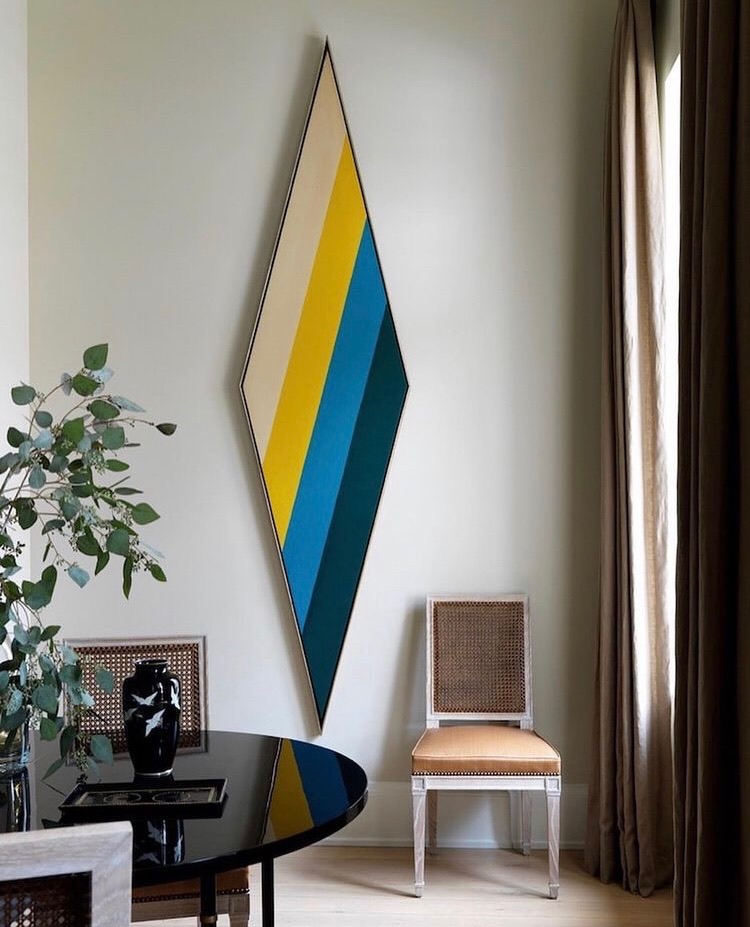
Kenneth Noland, Diamond, Photo by Emily Andrews
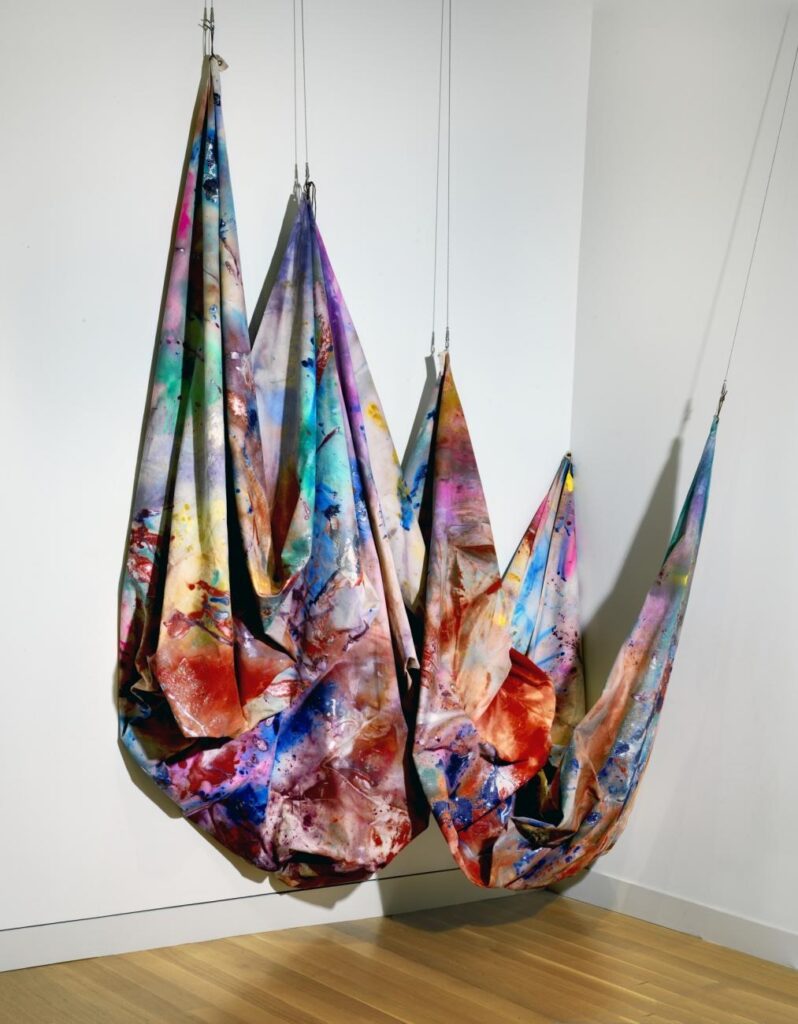
Sam Gilliam, Swing, 1969, Smithsonian American Art Museum
More recently, contemporary artists such as Beverly Fishman, Peter Halley, and Josh Sperling have undertaken the challenge of combining multiple shaped canvases into an assemblage. Each unit has a symbiotic relationship with the others to create a seamless work in which colours and shapes interact.
A piece of irregularly shaped art makes a fun, interesting addition to your fine art collection. If any of these artists are of interest, or if you have any other art needs you’d like to explore , please do not hesitate to be in touch!
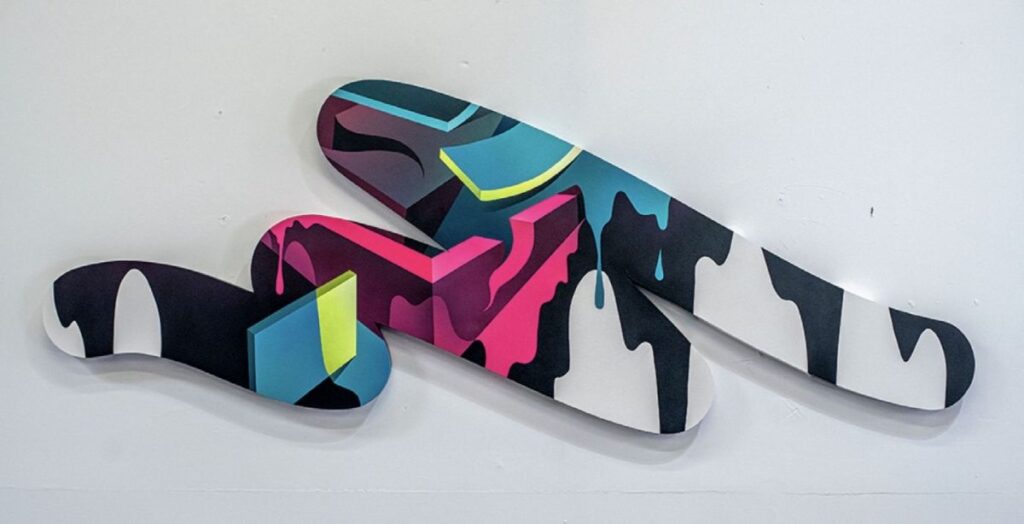
Mikael B., Swing City, 2021, Spray paint on custom shaped canvas, 30 x 80 in
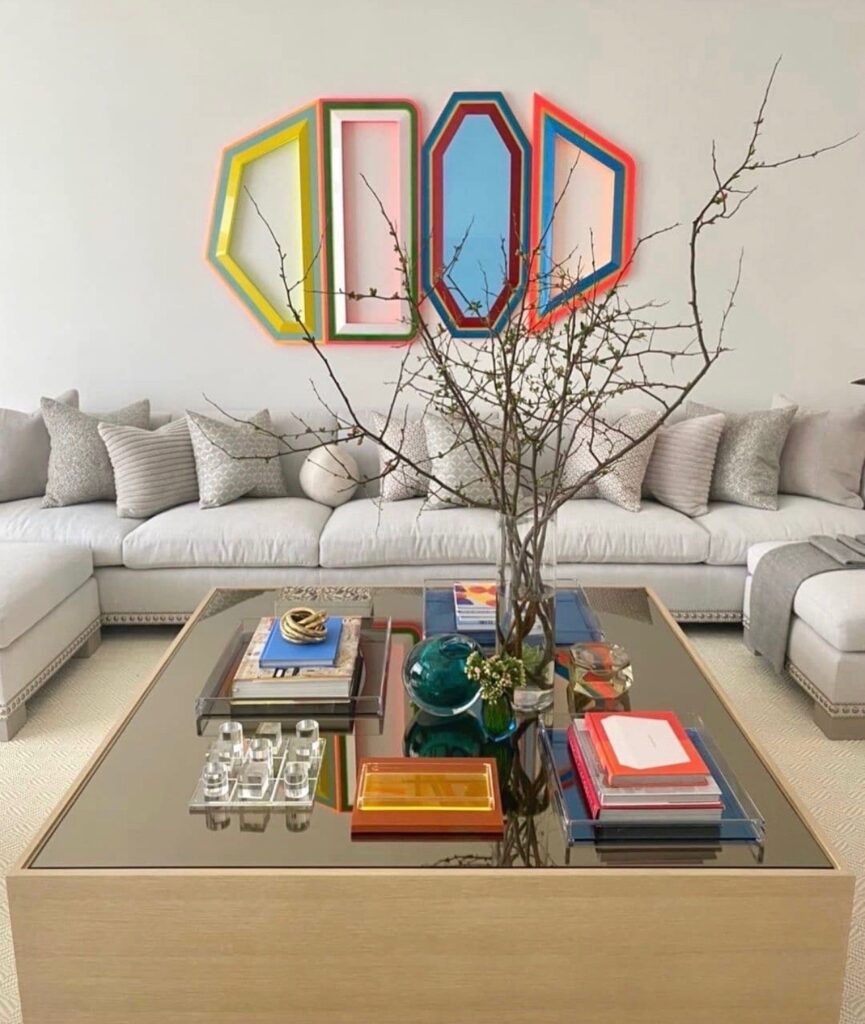
Beverly Fishman
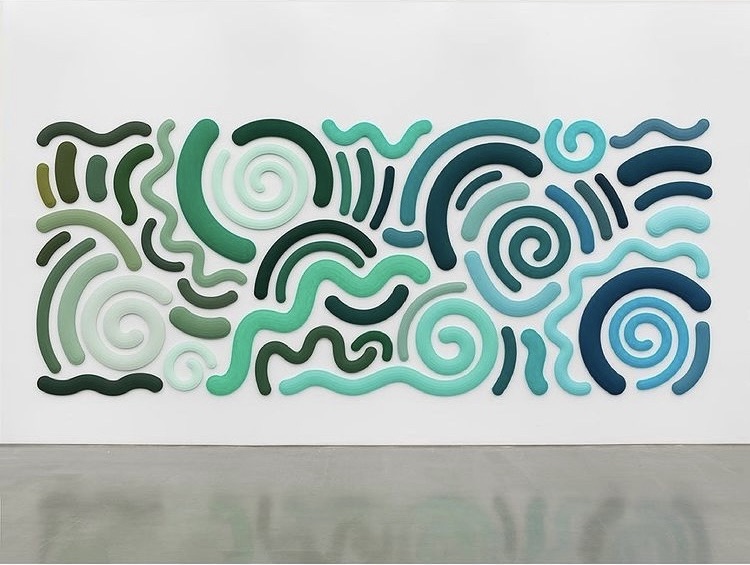
Josh Sperling
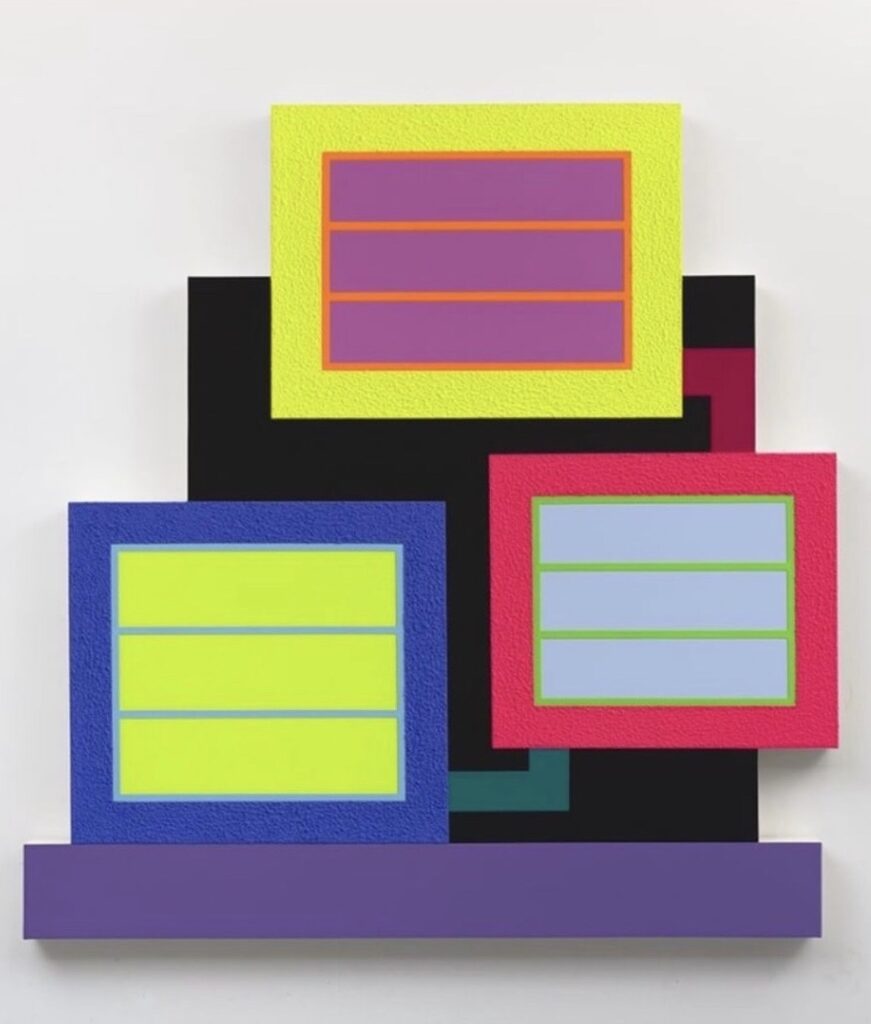
Peter Halley, Horizon Line, 2020, Acrylic on canvas, 79 1/2 x 78 in
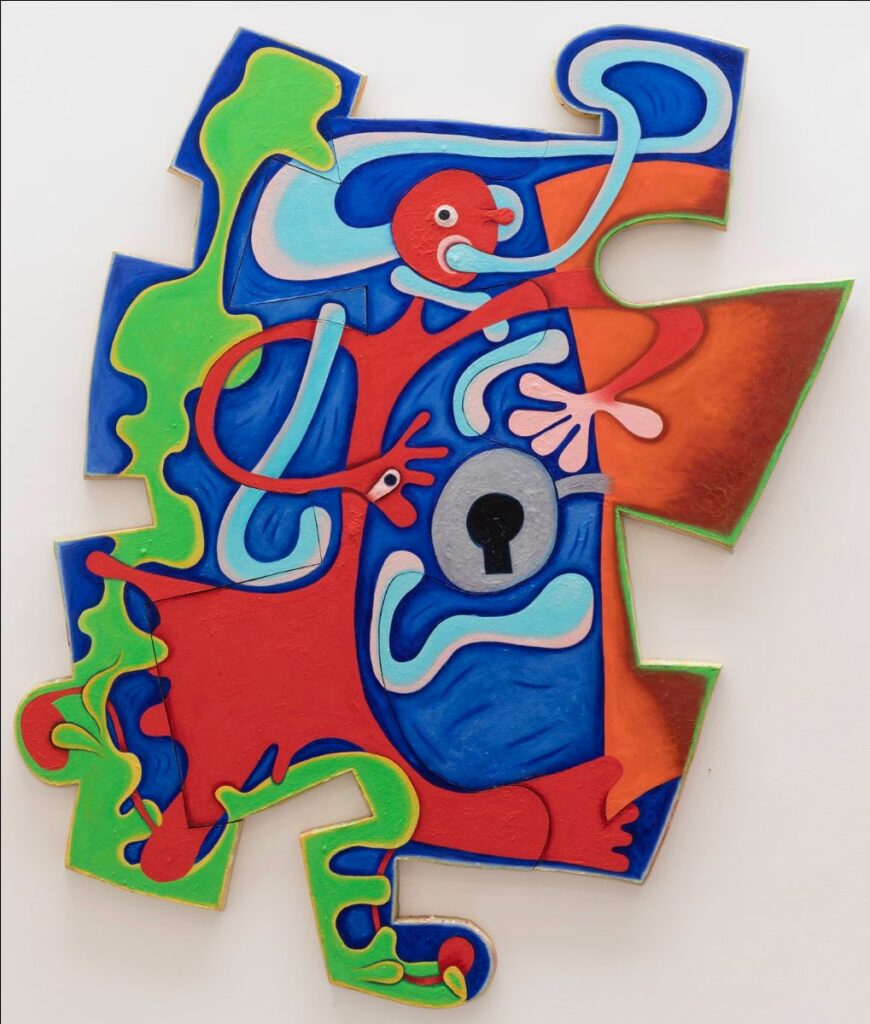
Elizabeth Murray, Back in Town, 1999, Oil on canvas, 97 x 92 in
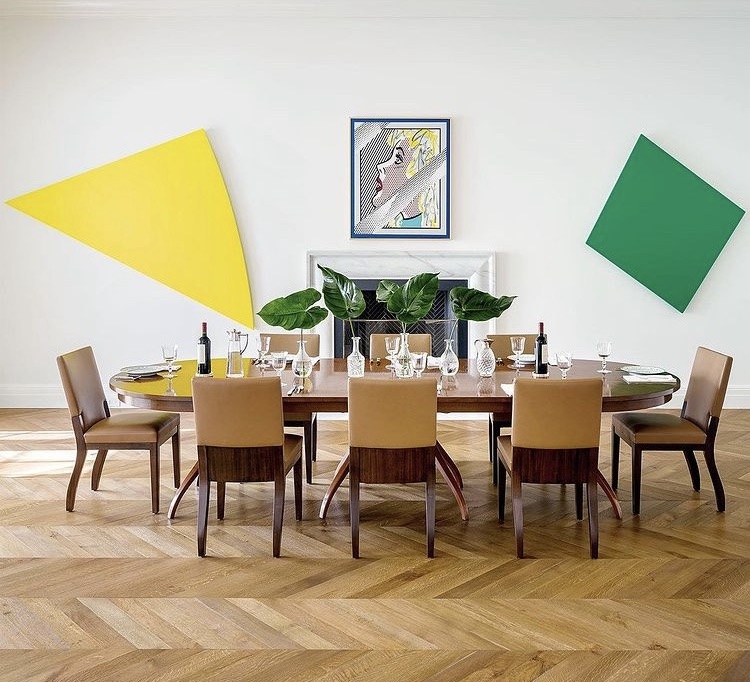
Ellsworth Kelly & Roy Lichtenstein
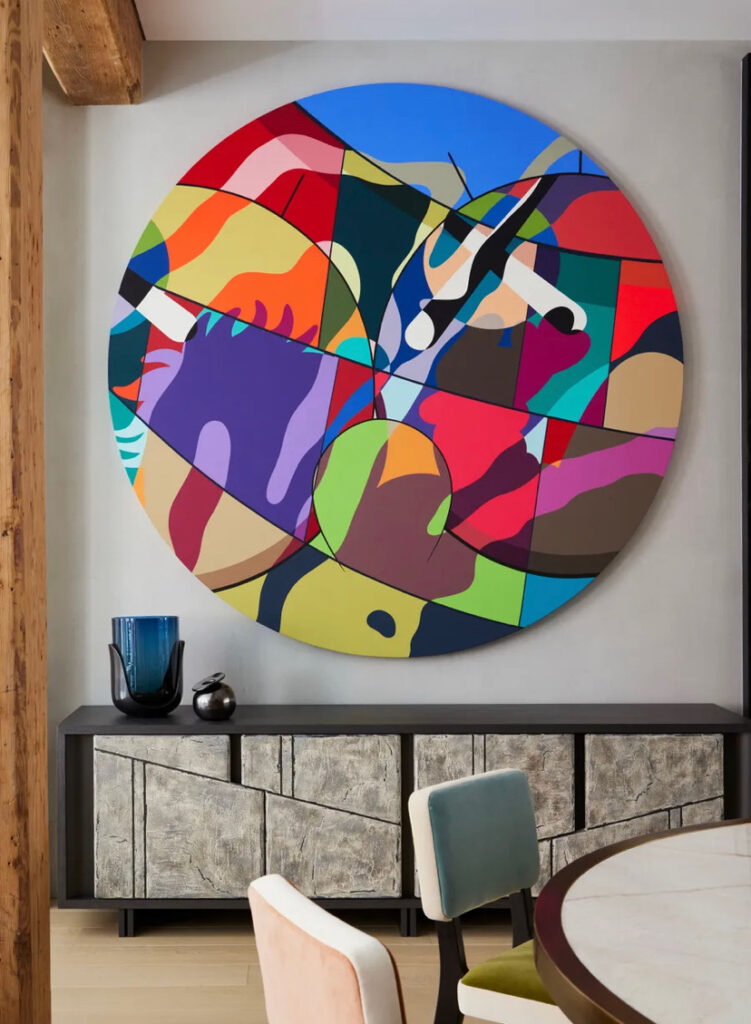
KAWS
All About Prints
The common misconceptions, their value, and why you should consider adding them to your collection
There are many misconceptions when it comes to prints and printmaking. The most common and erroneous of all is that prints are akin to posters. This could not be further from the truth, as printmaking is a complex process in which the artist takes part every step of the way. Some of the most common printmaking techniques include engravings, etchings, linocuts, woodcuts, and screenprints, each with their own unique procedures and difficulties. Although prints are produced in multiples, they exist within a limited edition and each one bears the mark of the artist’s hand, rendering it high quality, fine artwork.
Many are also under the illusion that paintings are more valuable than prints. On the contrary, a high-quality print by an established artist will often be far more valuable than an original artwork by someone lesser-known. Prints and multiples are sometimes accompanied by jaw-dropping price tags in the thousands, hundreds of thousands, and even millions. Just this past March, Banksy’s Girl with Balloon – Colour AP (Gold), number 7 in an edition of 88, sold for a whopping £1,104,000, almost double its high estimate of £600,000!
Related Posts
Affordable Art for All
Painting Versus Prints: Battle of the Mediums
Black and White Art
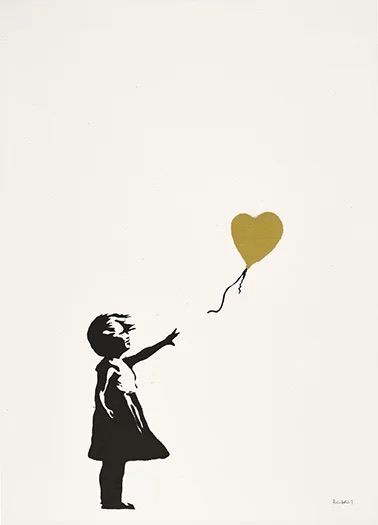
Banksy, Girl with Balloon – Colour AP (Gold), 2004, Screenprint, Ed. of 88, 25 1/2 x 19 1/2 in
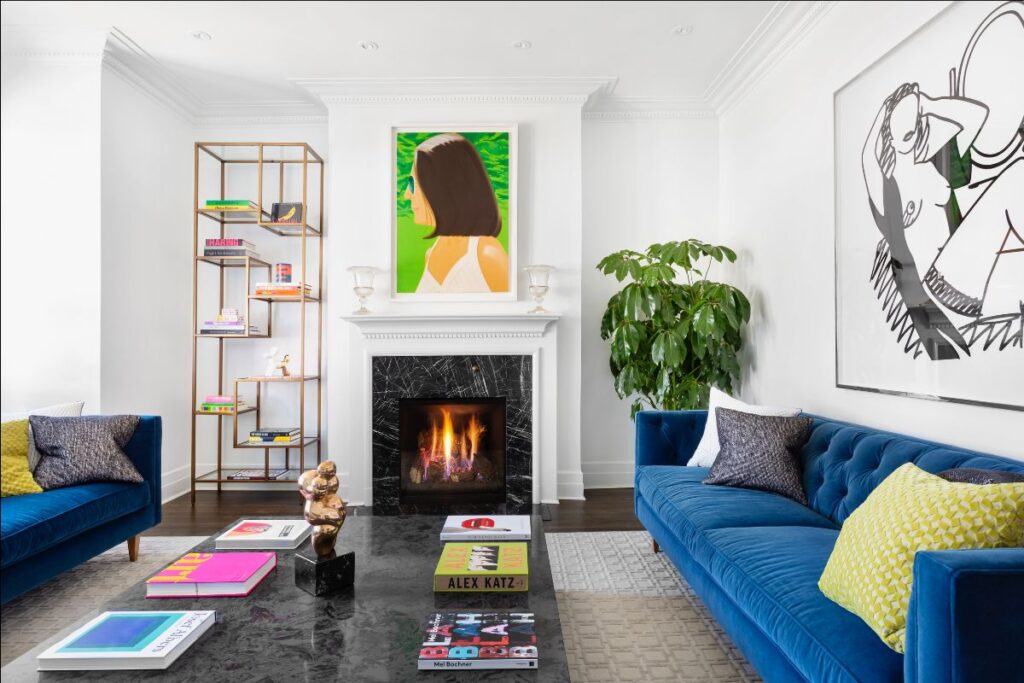
Alex Katz, Ada in Spain, 2018, Screenprint, Ed. of 150, 46 x 32 in (left), Tom Wesselmann, Nude & Mirror, 1990, Screenprint, Ed. of 100, 58 x 66 in (right)
The true appeal of prints lies in the medium’s ability to make fine art within reach to a broad range of collectors. Original works by renowned artists are virtually untouchable to most of us in today’s market. Acquiring prints can be a more accessible way of building up a respectable, investment-quality collection with big-name artists.
If you would like to learn more about adding prints to your collection or if any of the artworks included here are of interest, please contact us!
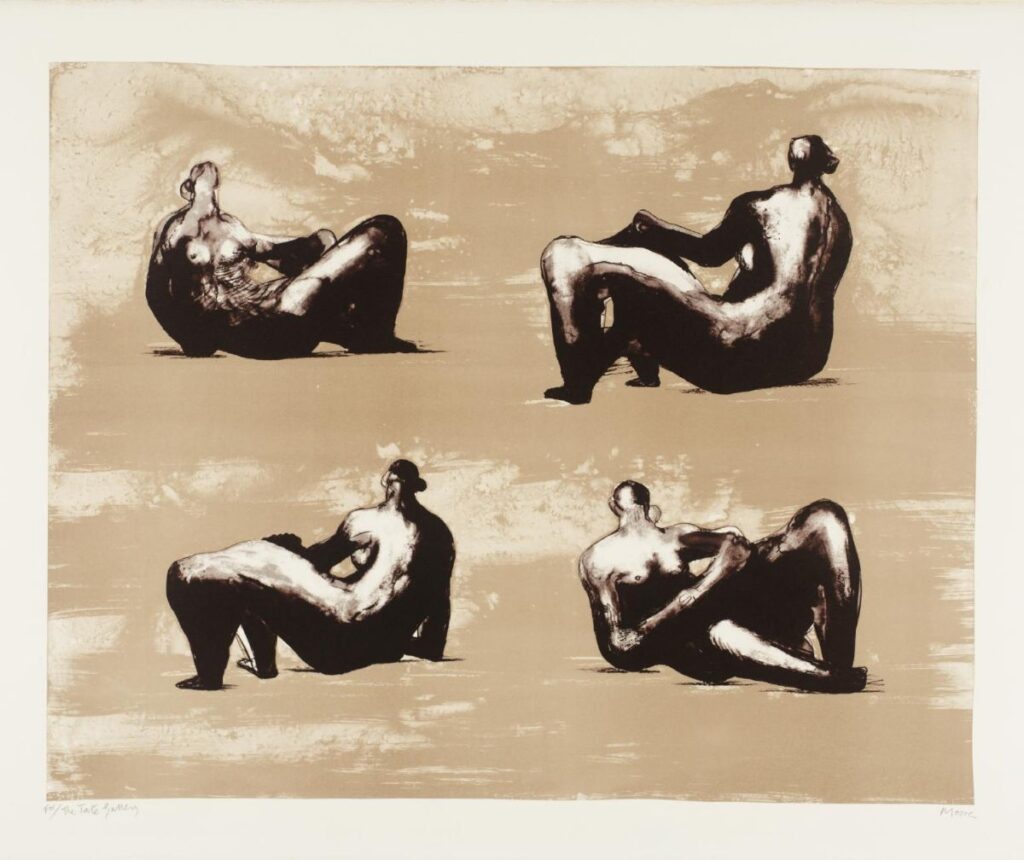
Henry Moore, Four Reclining Figures, 1974-5, Lithograph, Ed. of 25, 29 x 33 in
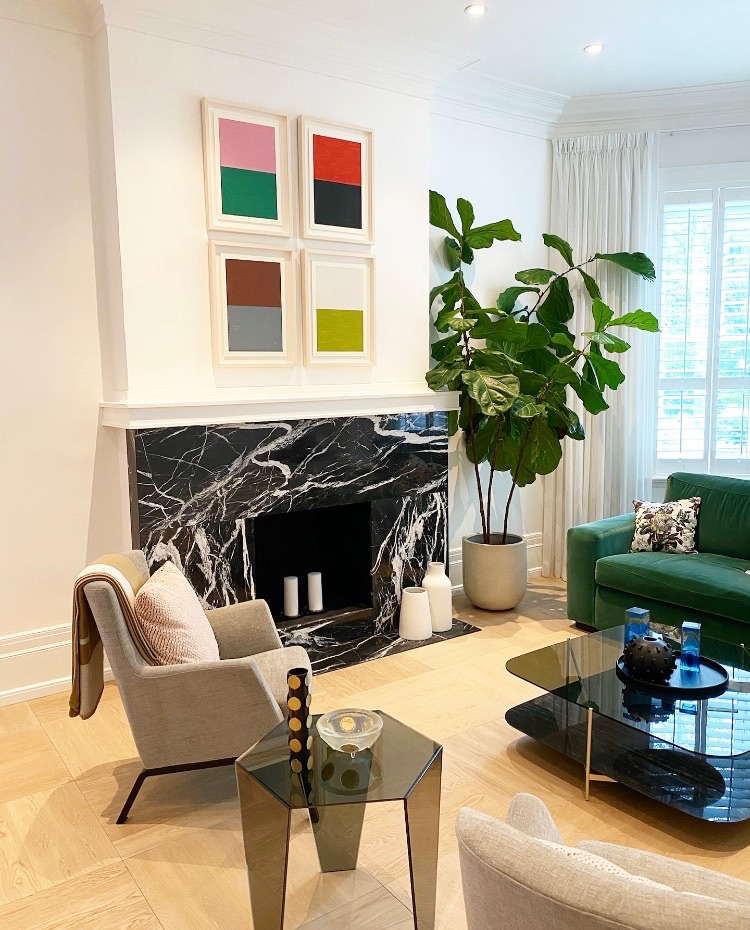
Gunther Forg, Berliner Serie, 2001, Screenprint, Ed. of 50, 19 1/2 x 13 3/4 in
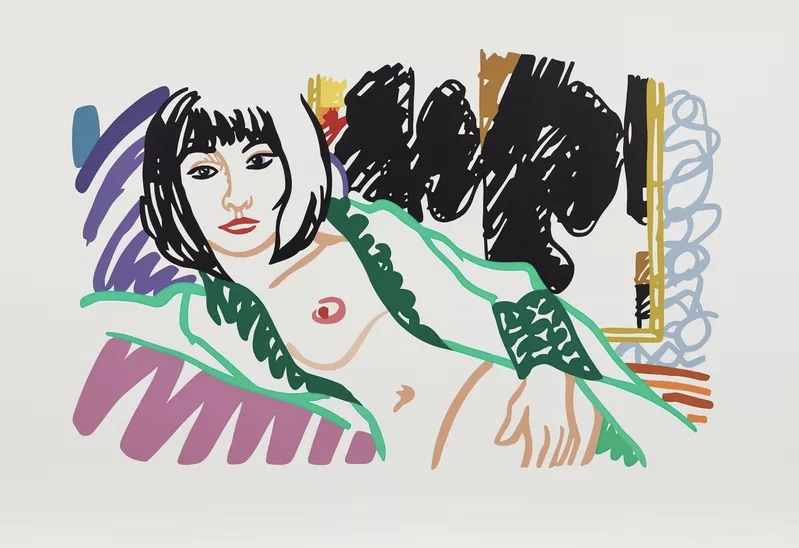
Tom Wesselmann, Monica in Robe with Motherwell, 1994, Screenprint, Ed. of 80, 40 x 58 1/4 in
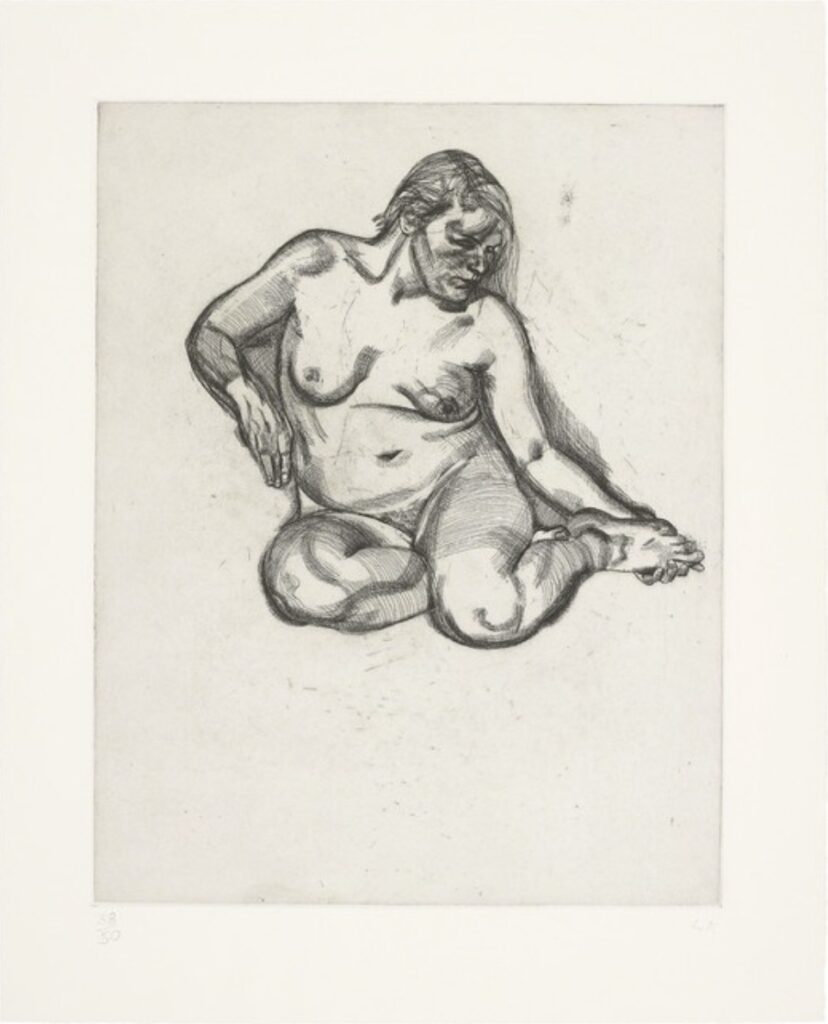
Lucian Freud, Girl Holding her Foot, 1985, Etching, Ed. of 50, 27.3 x 21.3 in
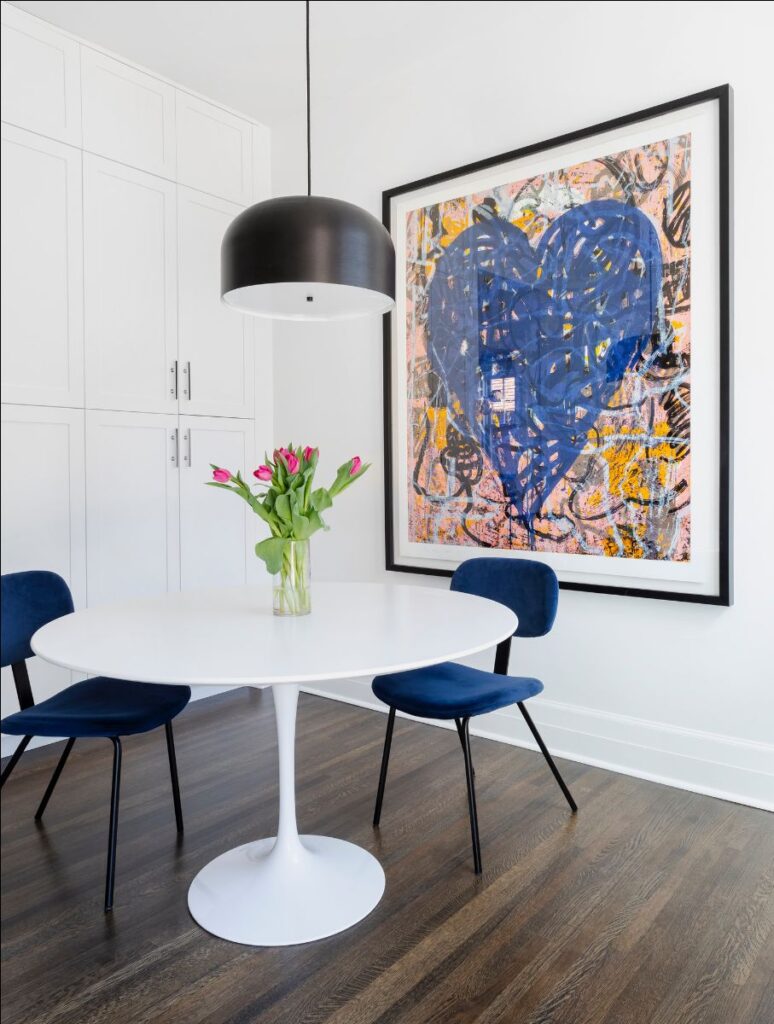
Jim Dine, Blue Artist at the Bahnhof, 2018, Woodcut print, Ed. of 12, 61 3/5 x 50 4/5 in
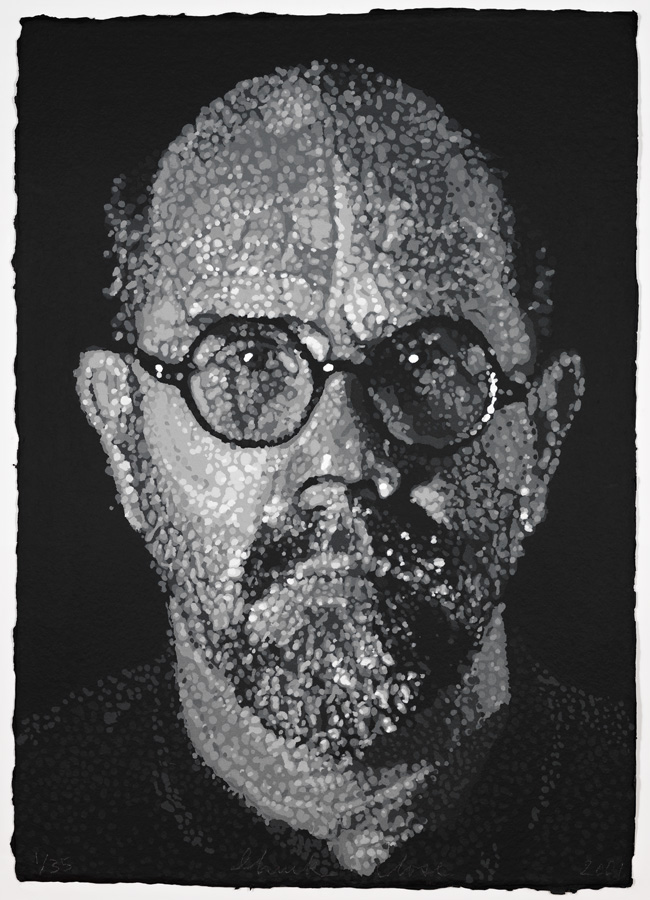
Chuck Close, Self-Portrait/Pulp/Pochoir, 2000, Pochoir on paper, Ed. of 40, 24 3/4 x 19 1/2 in
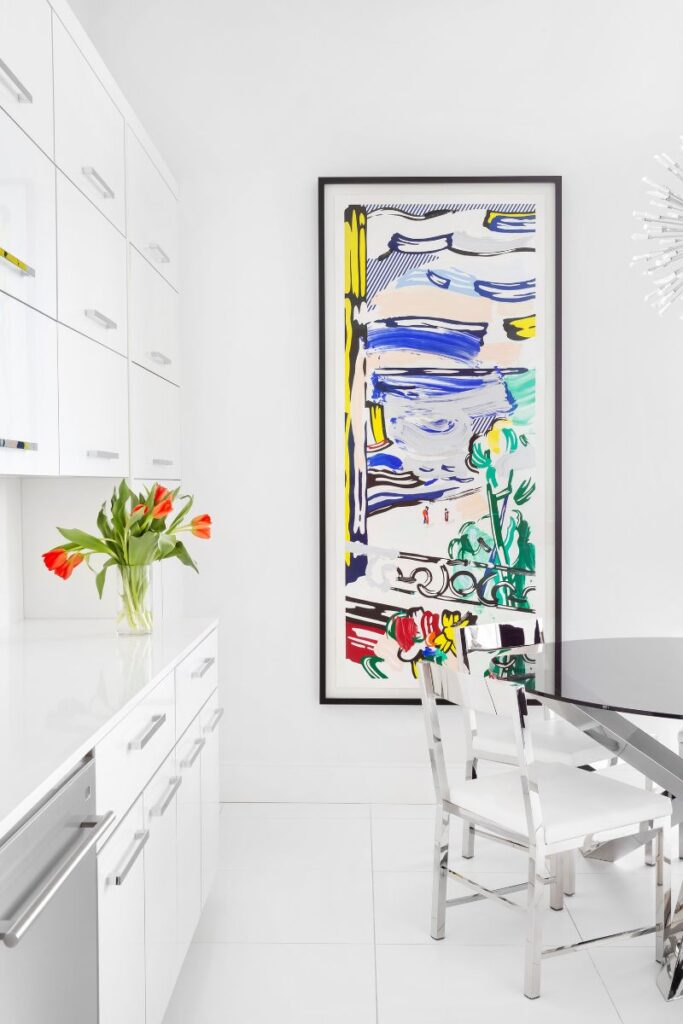
Roy Lichenstein, View from the Window, 1985, Lithograph, woodcut, & screenprint, Ed. of 60,
76 1/2 x 30 1/2 in
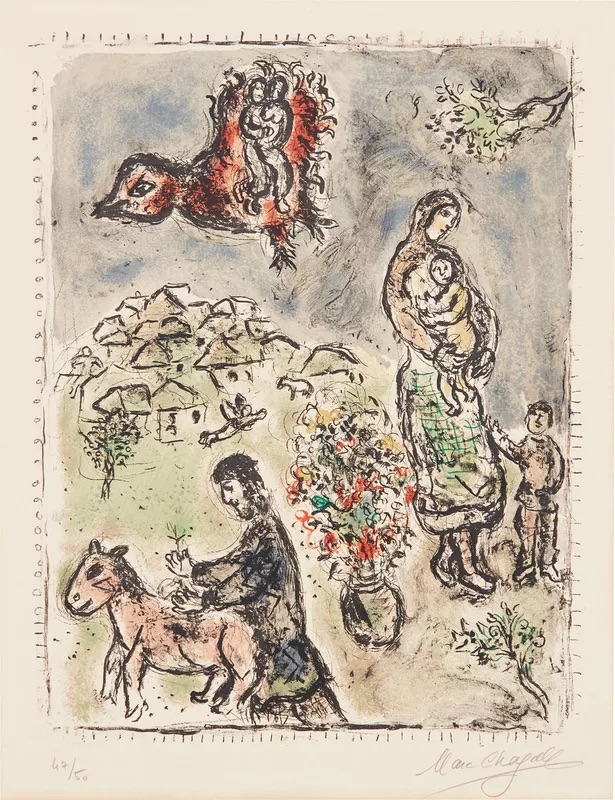
Marc Chagall, Entre printemps et été, 1973, Lithograph, Ed. of 50, 20 x 15 1/2 in


